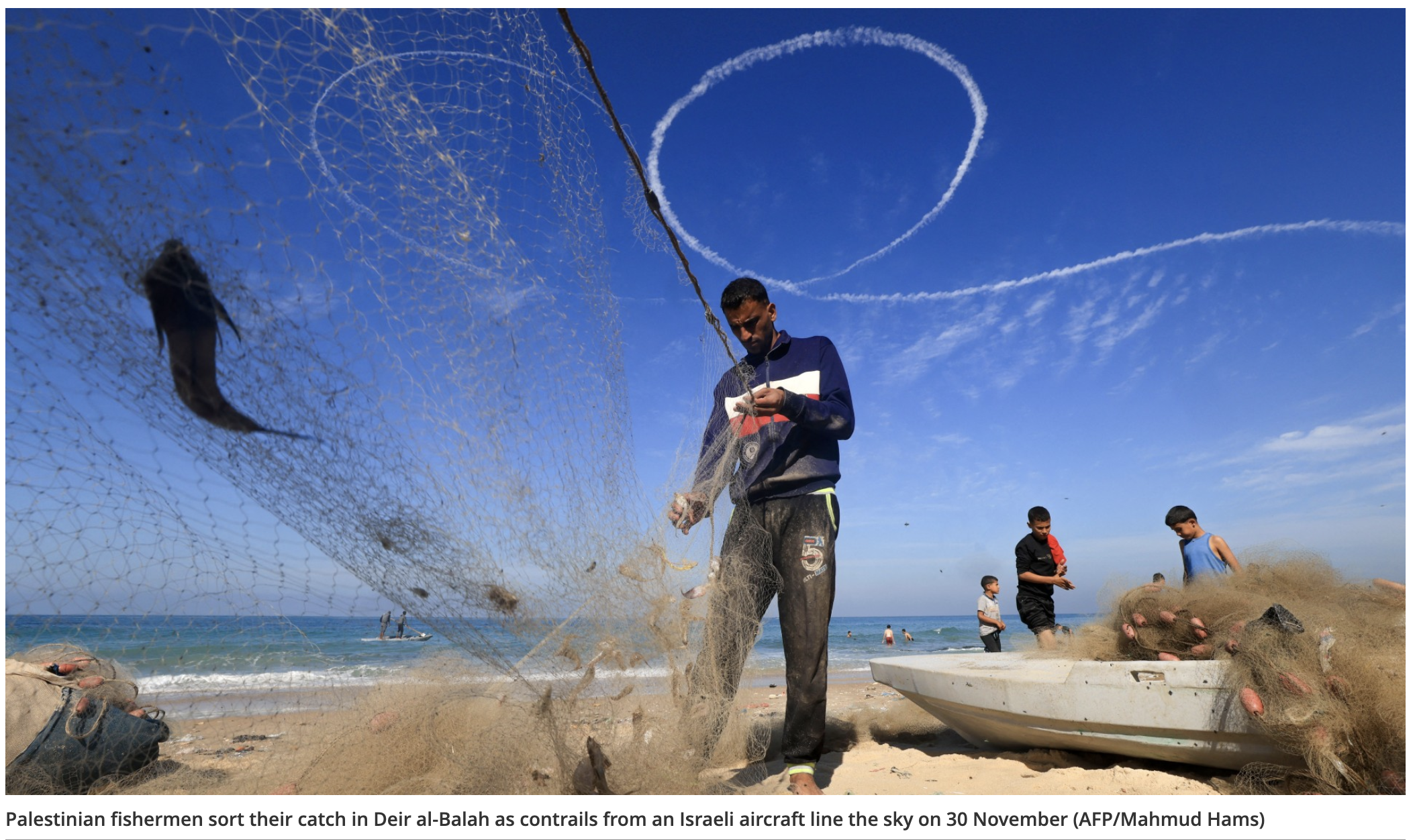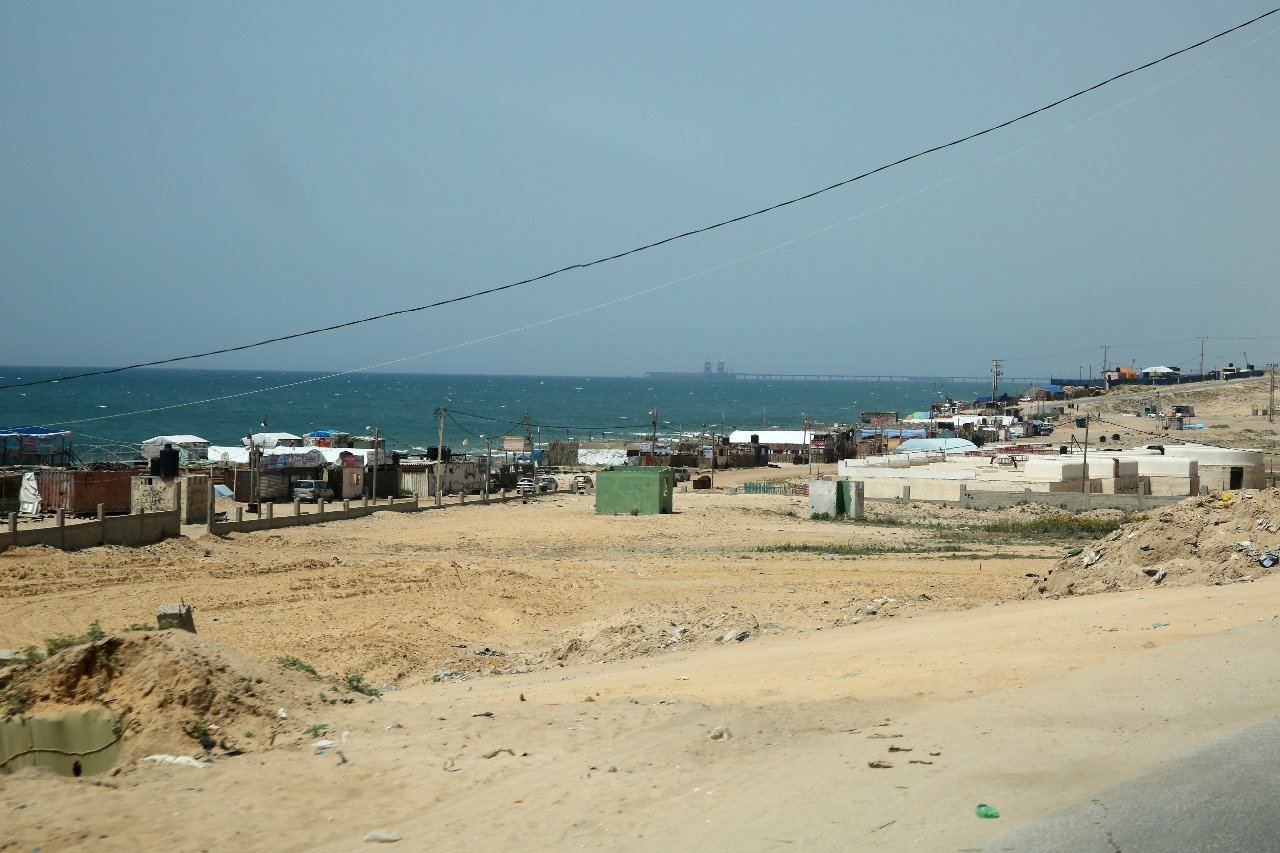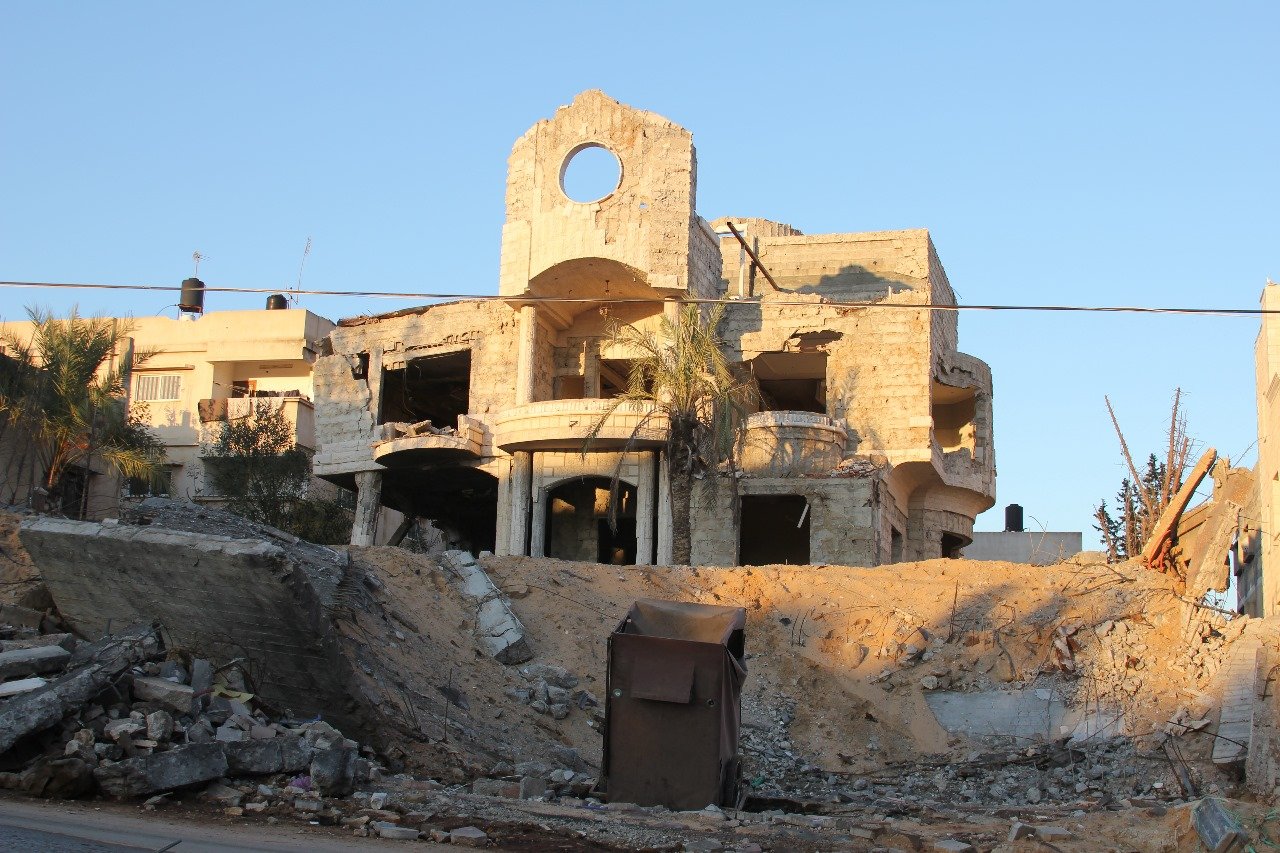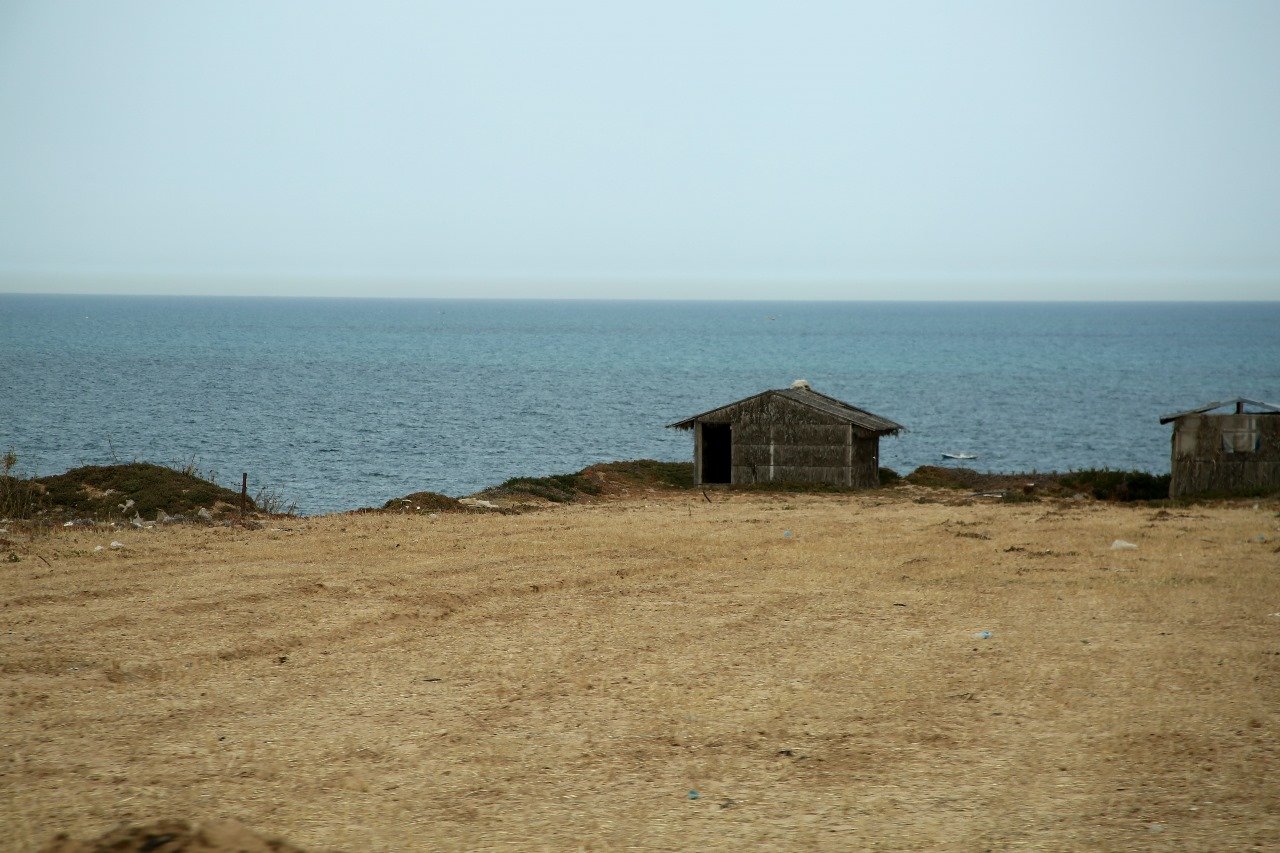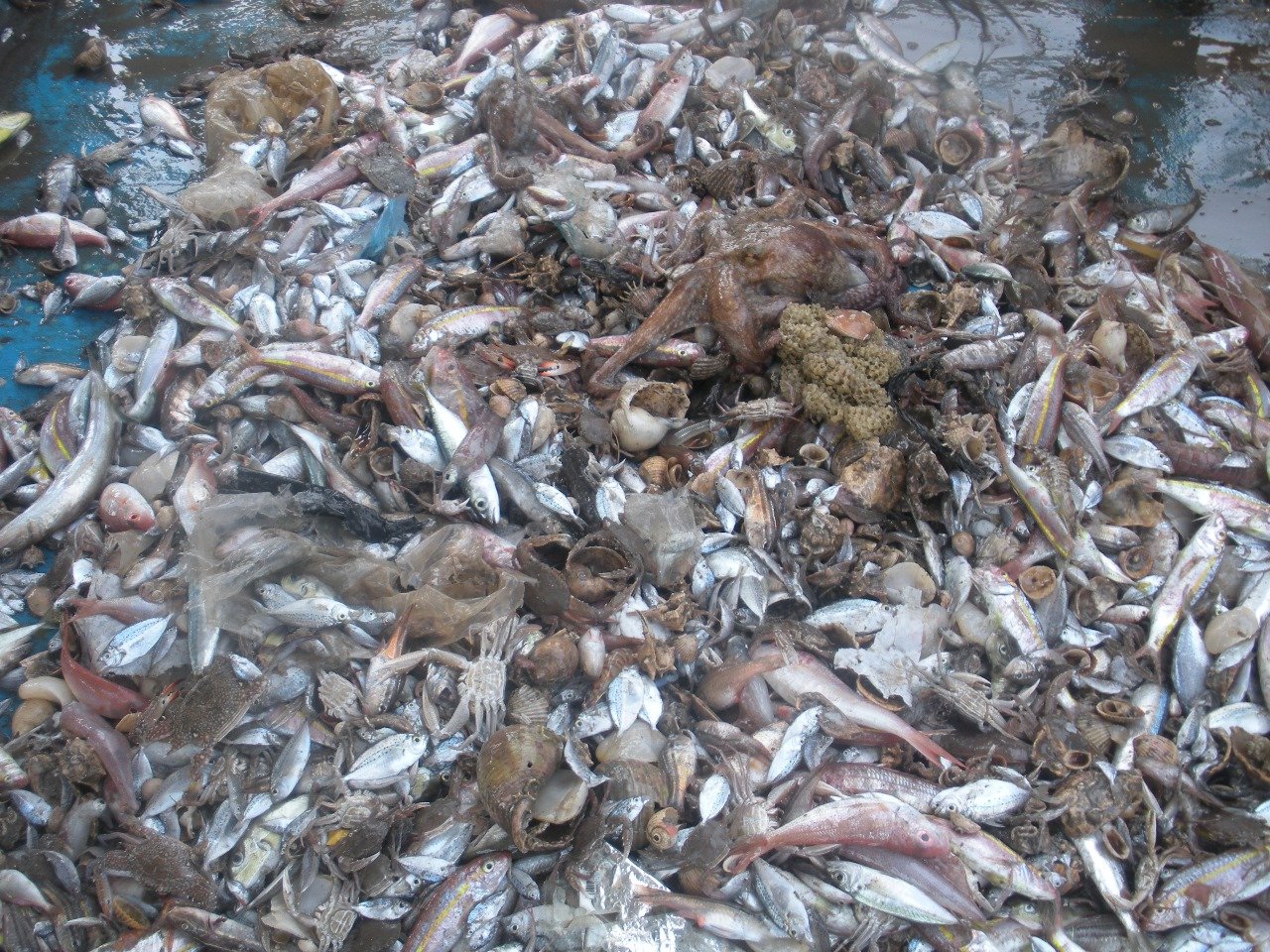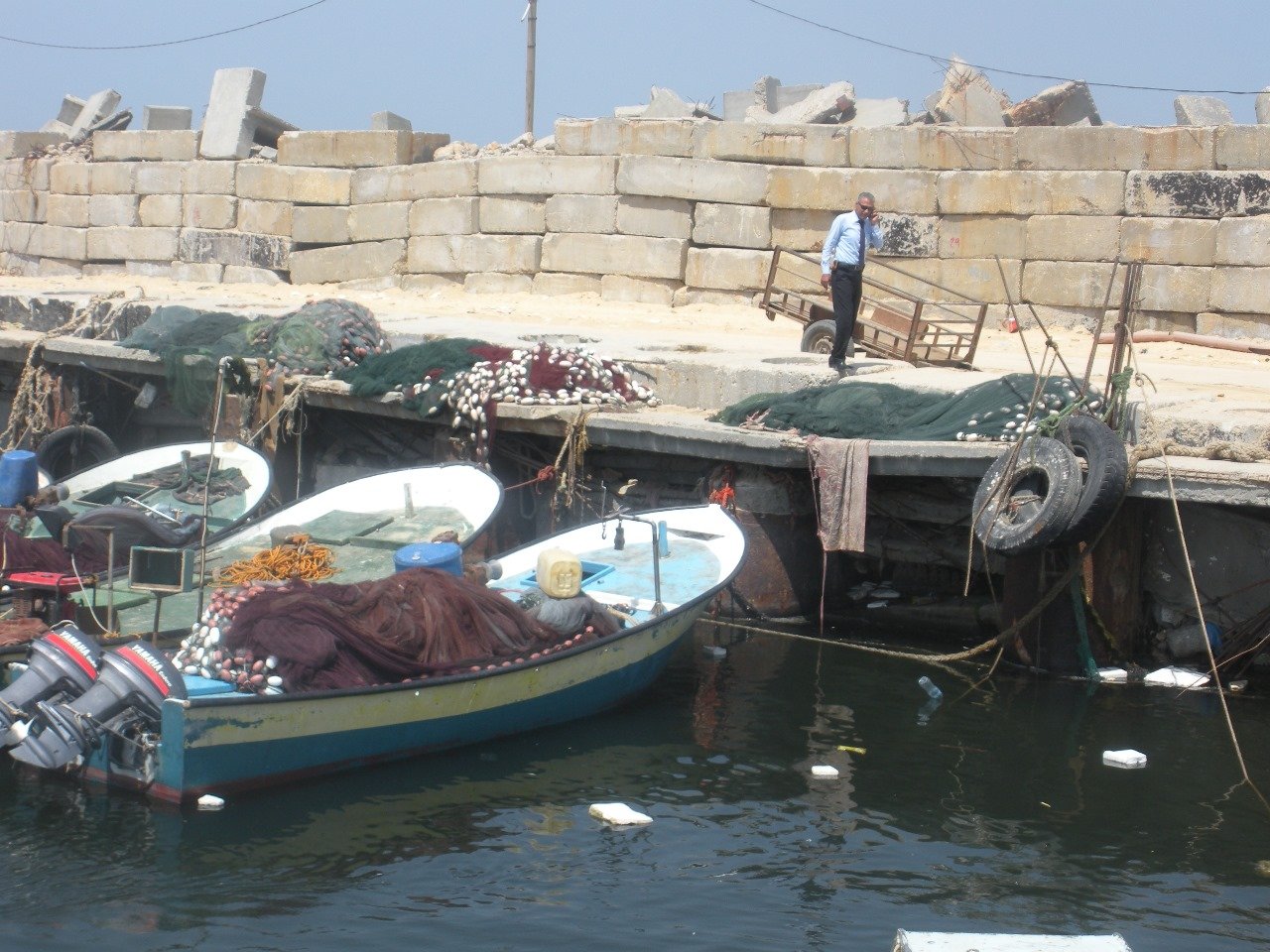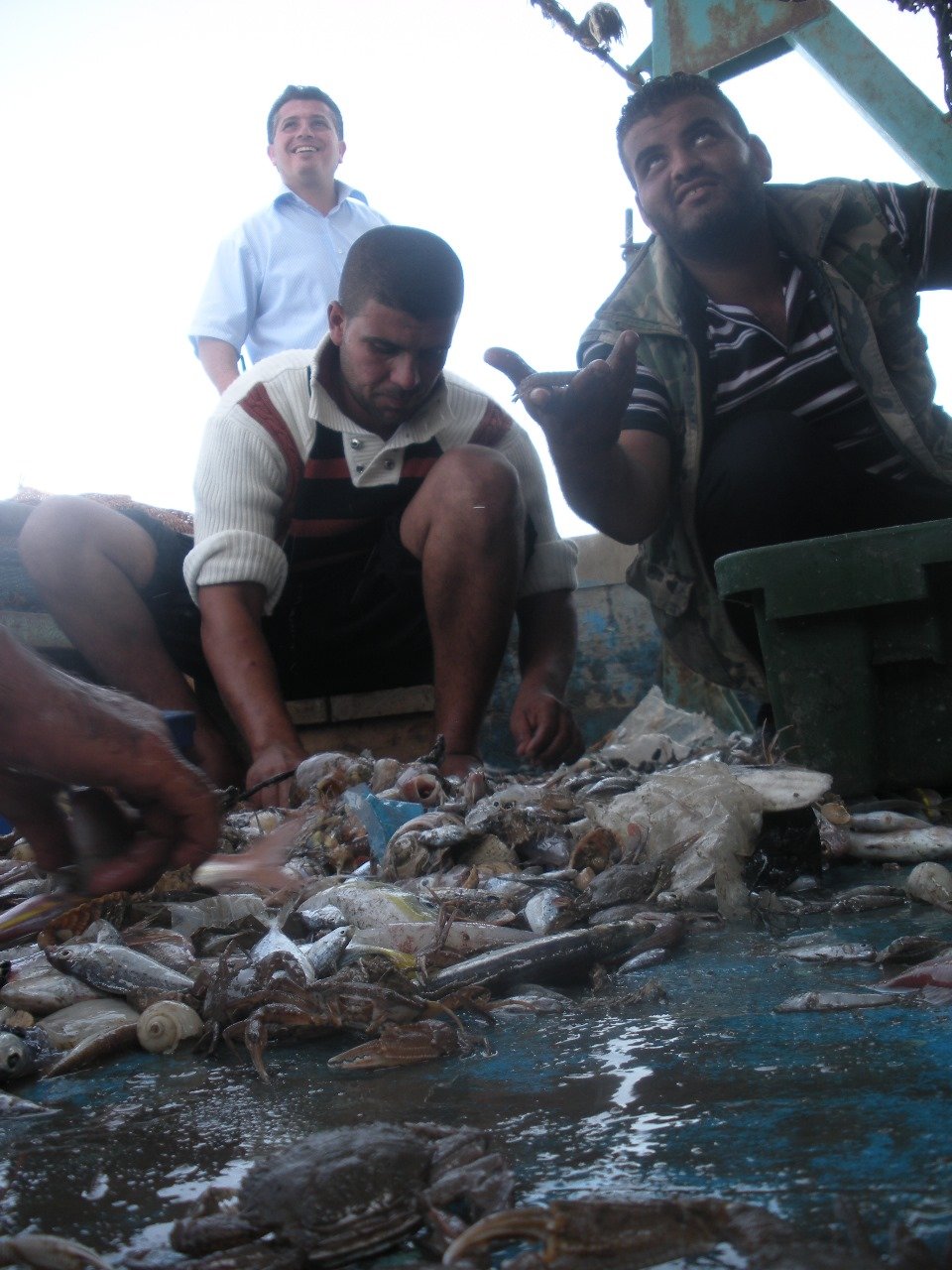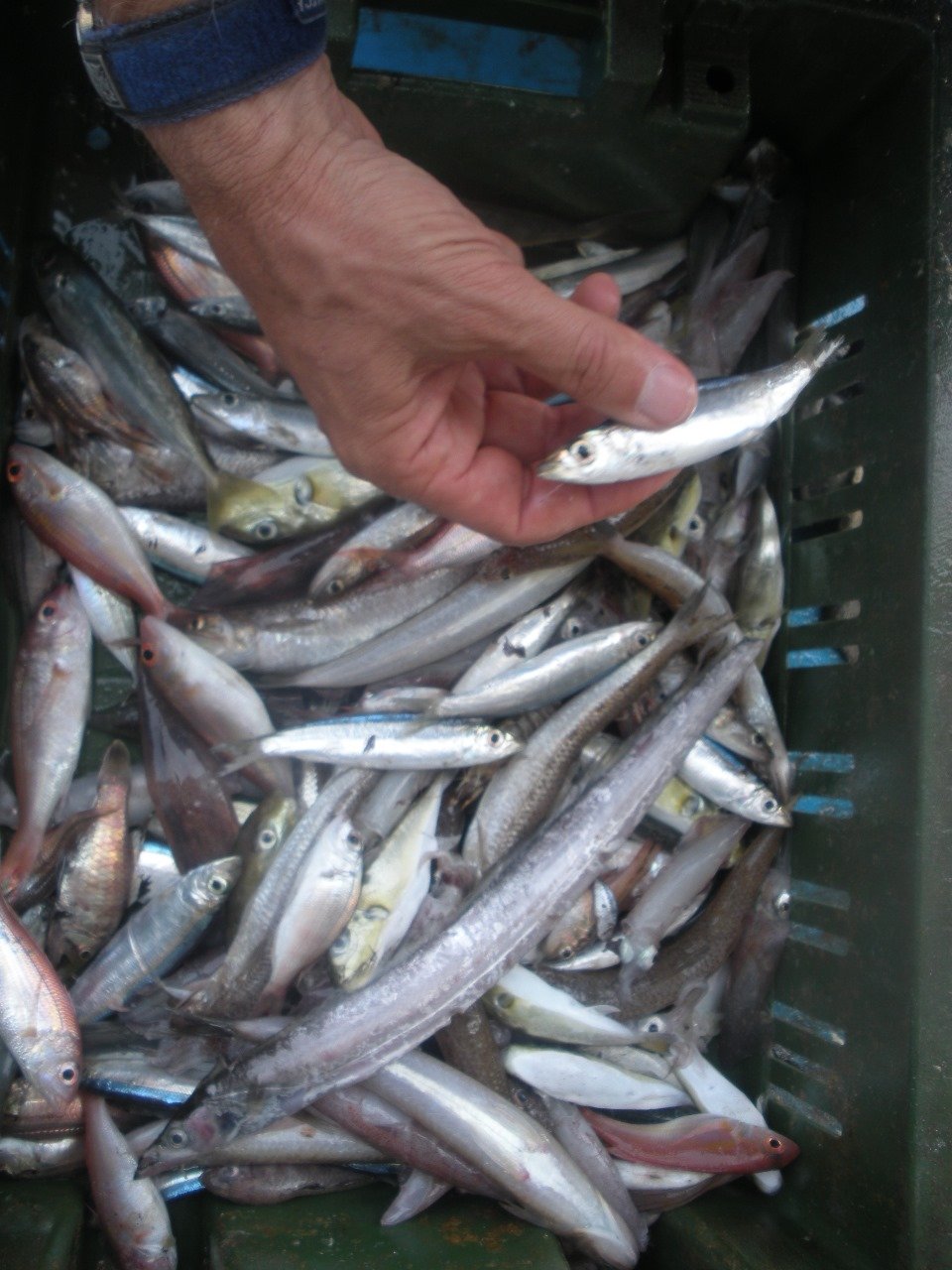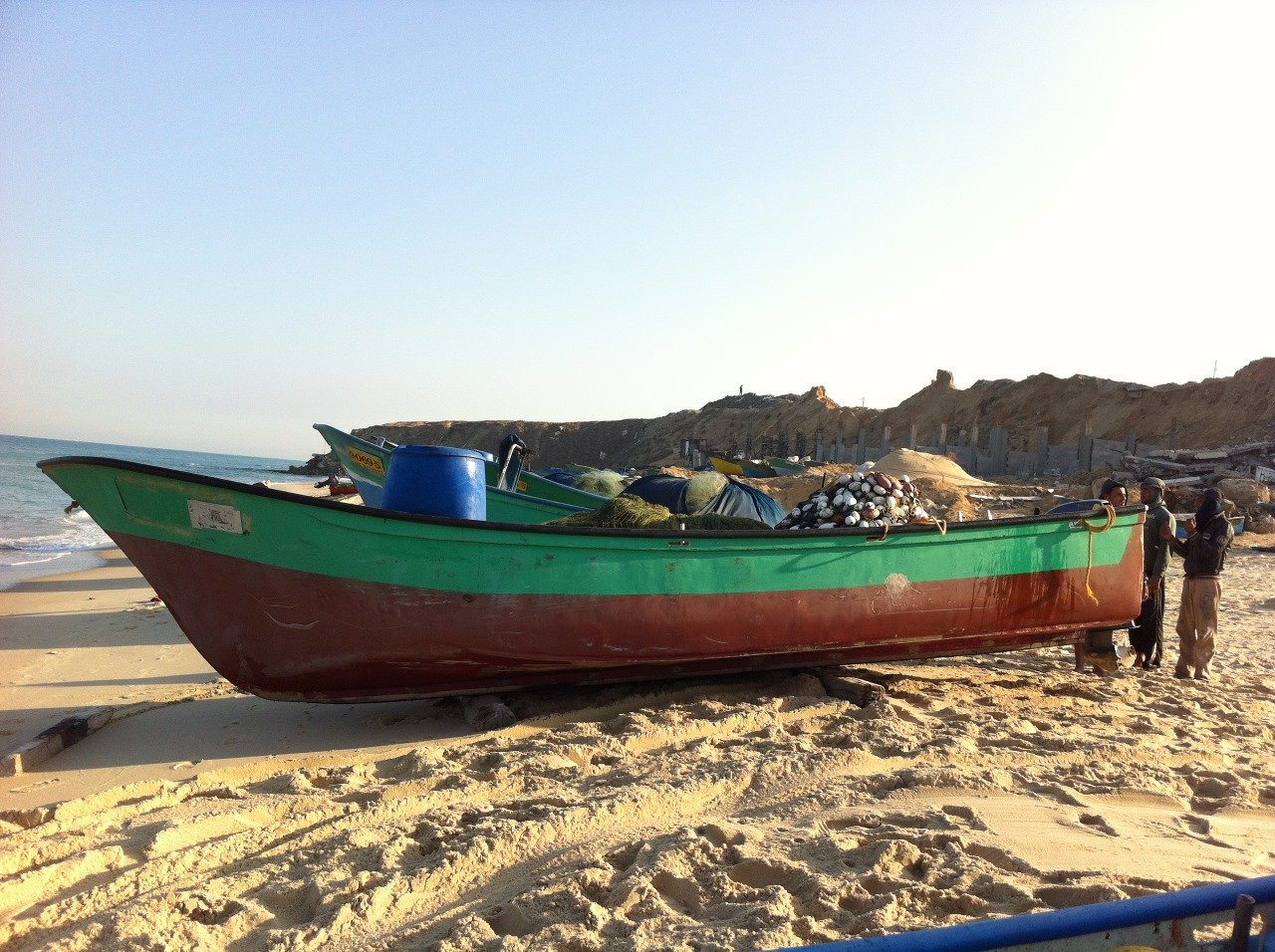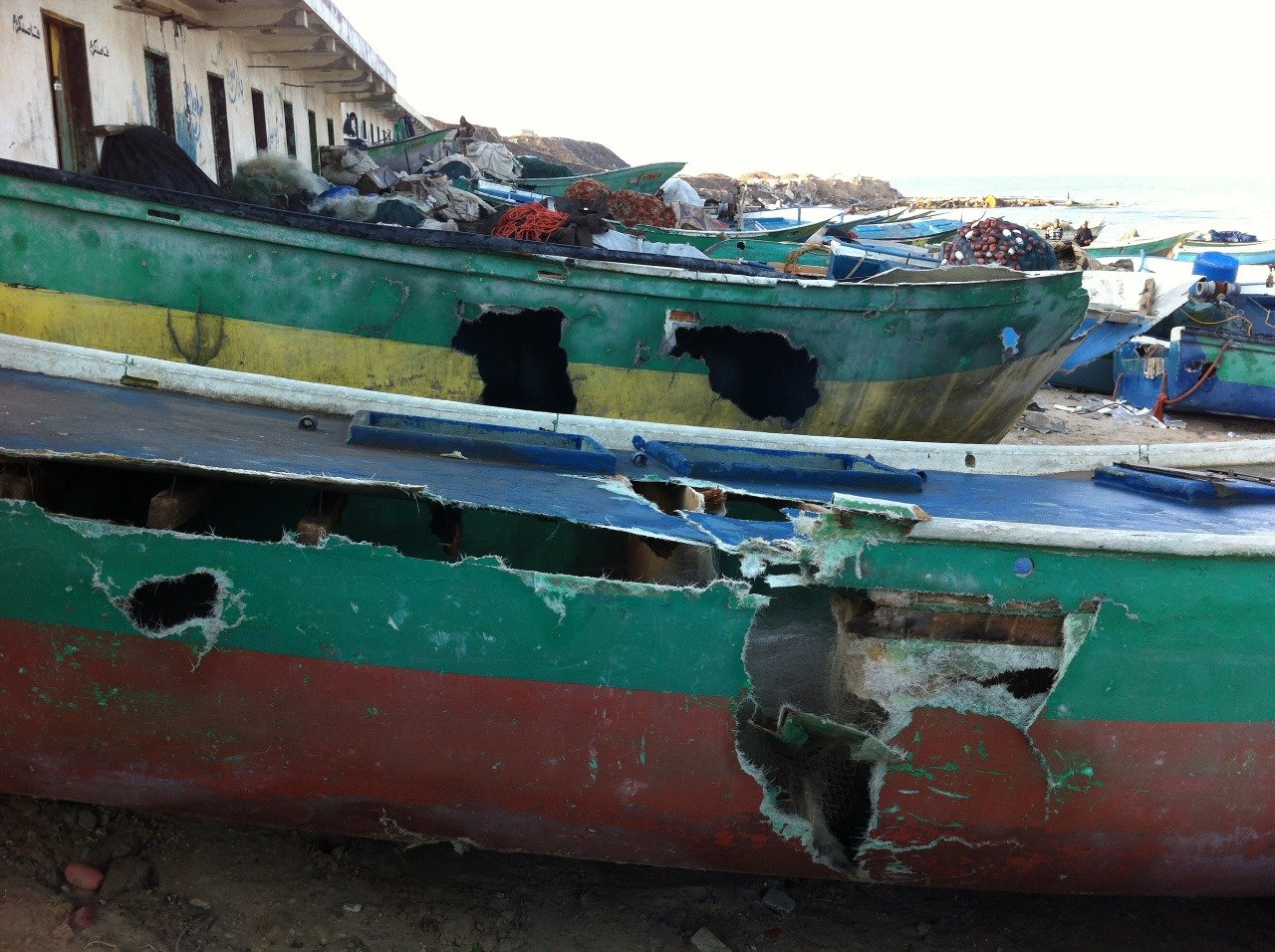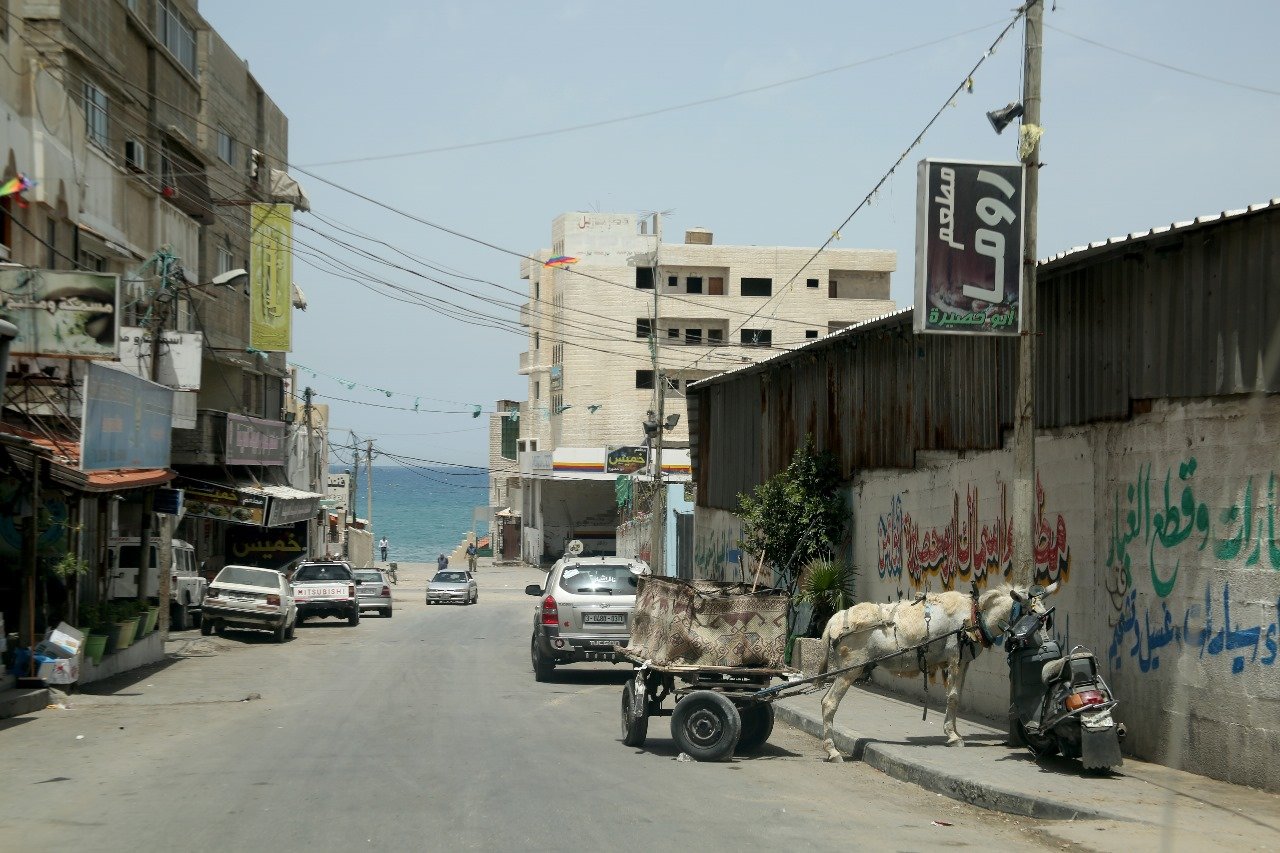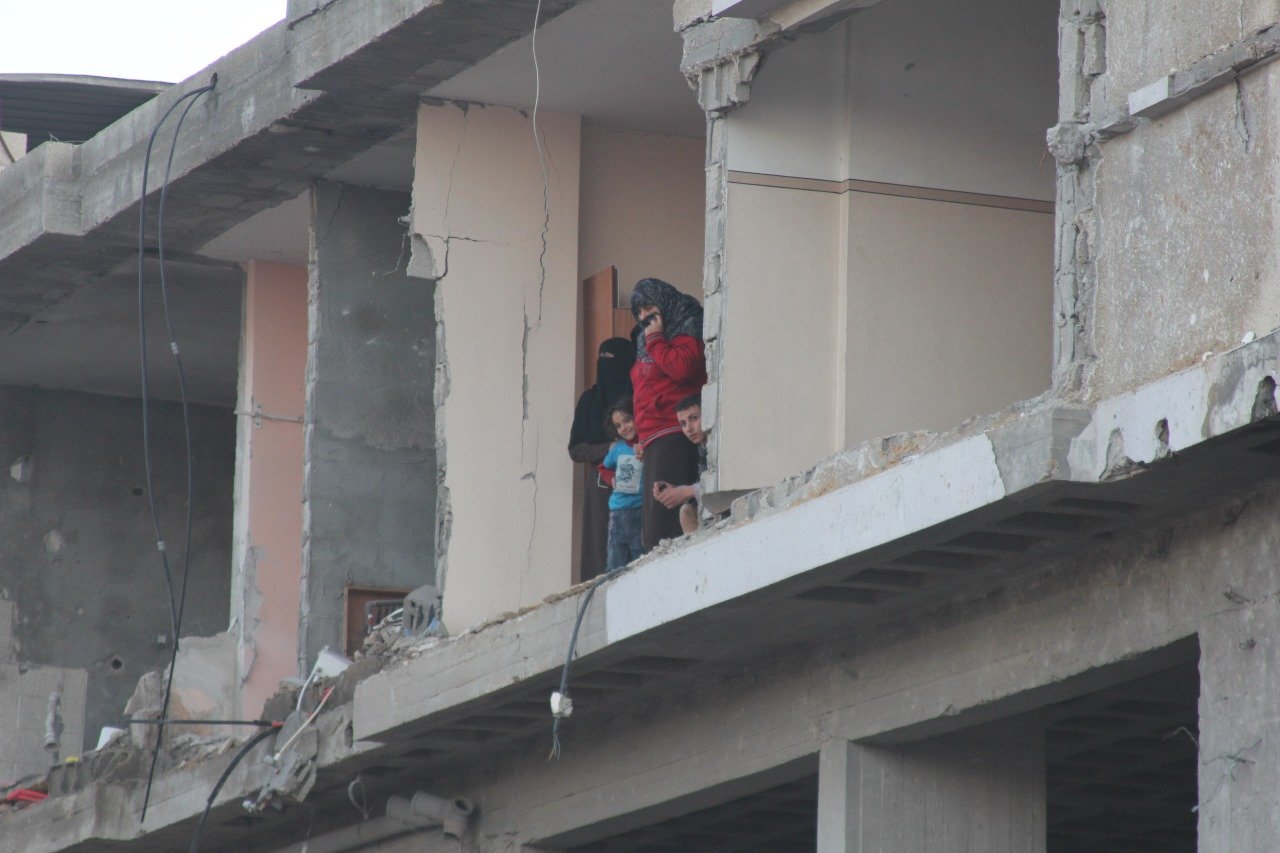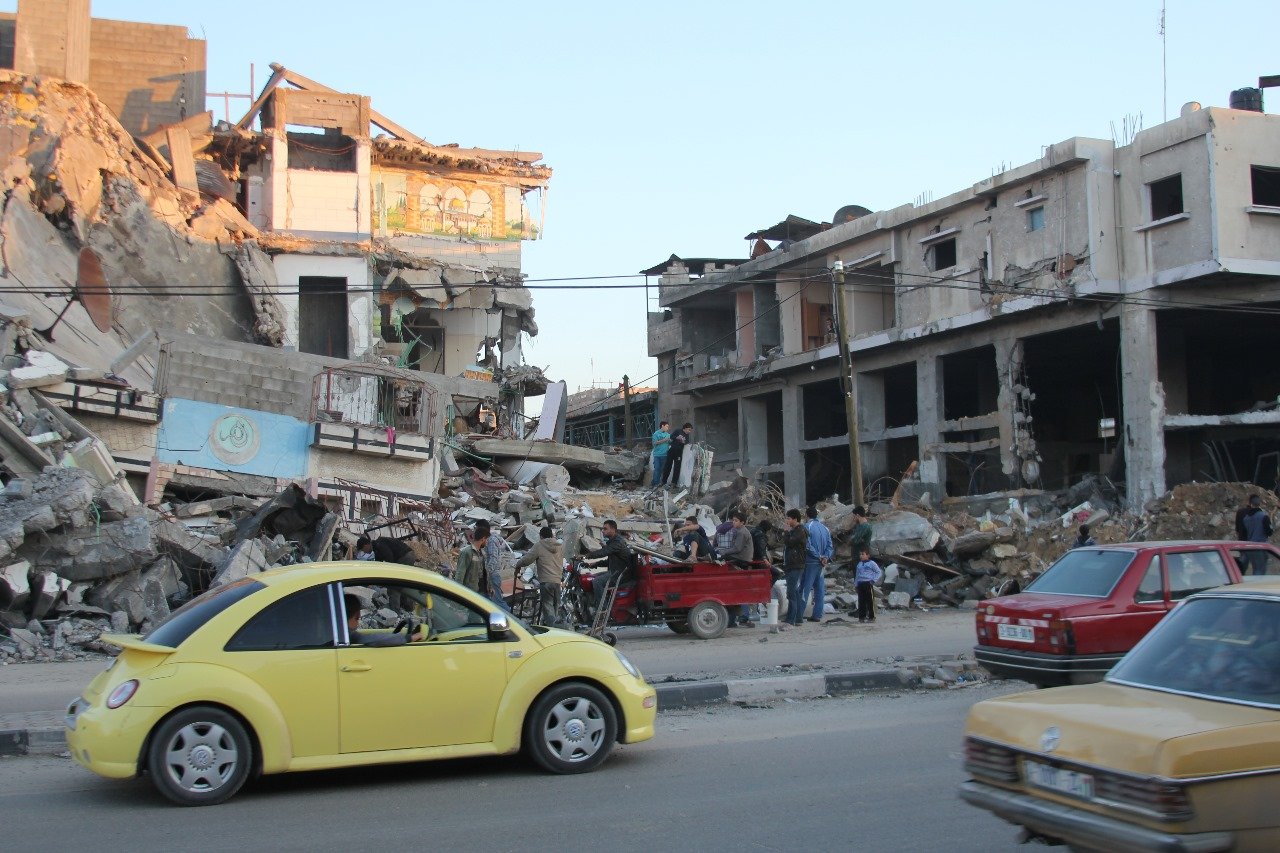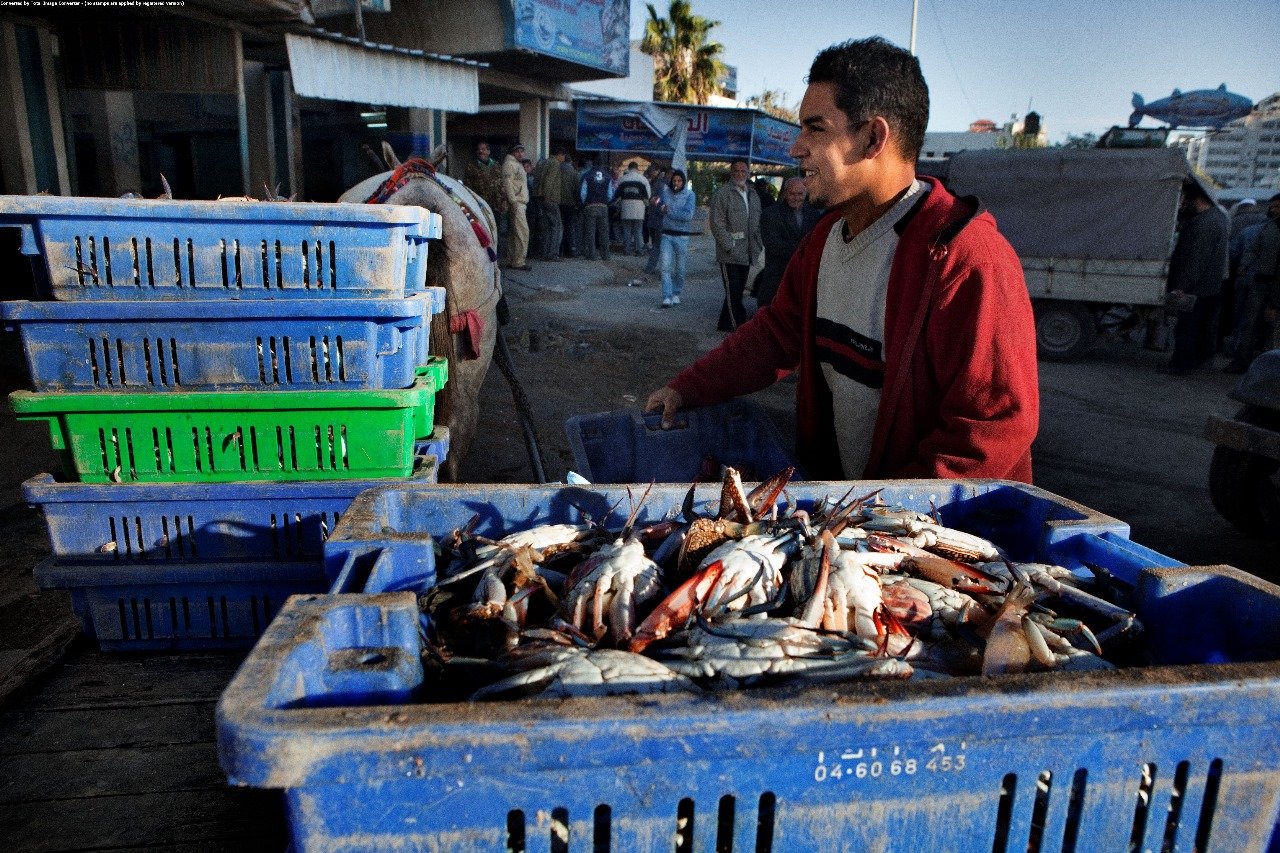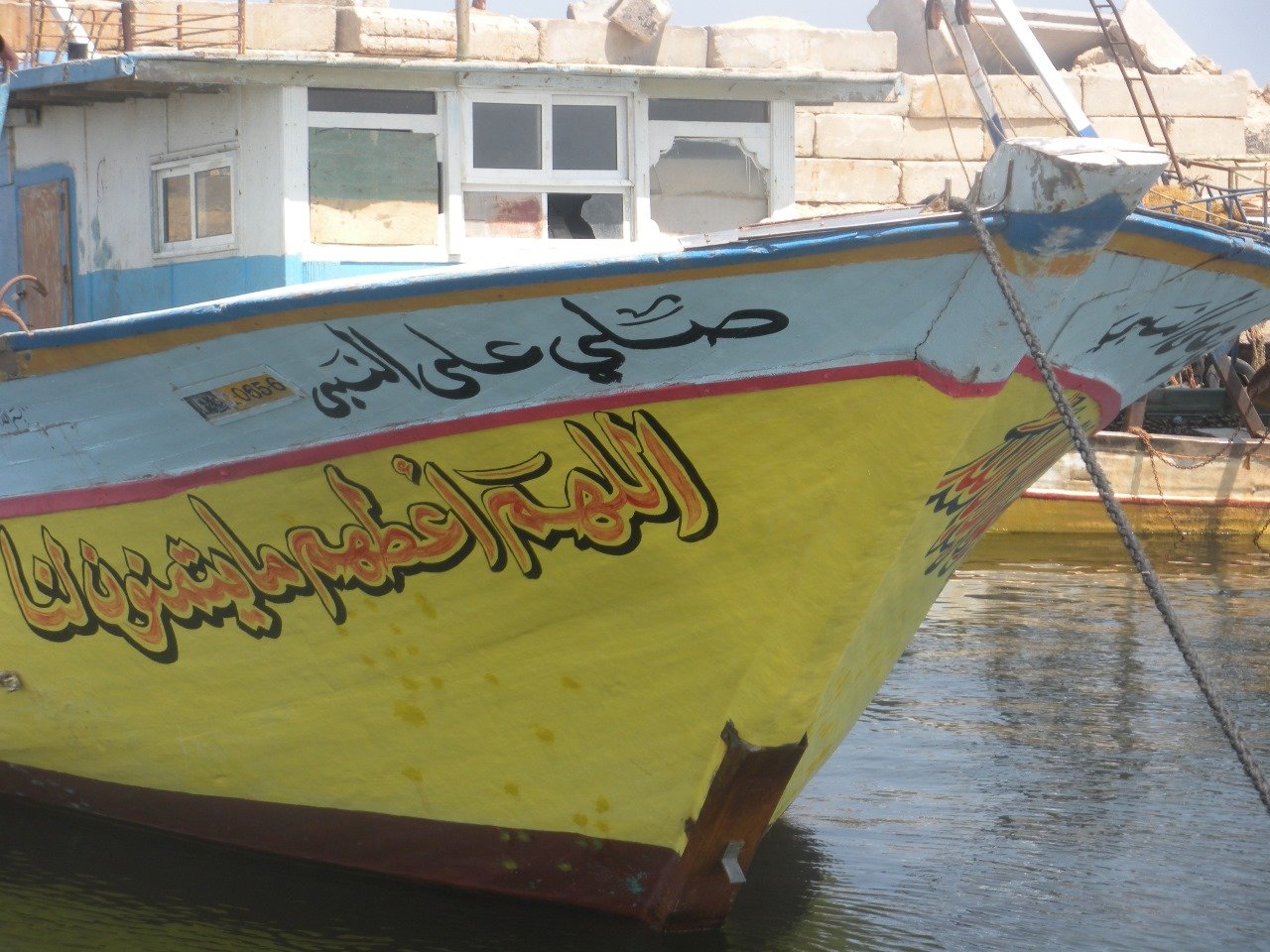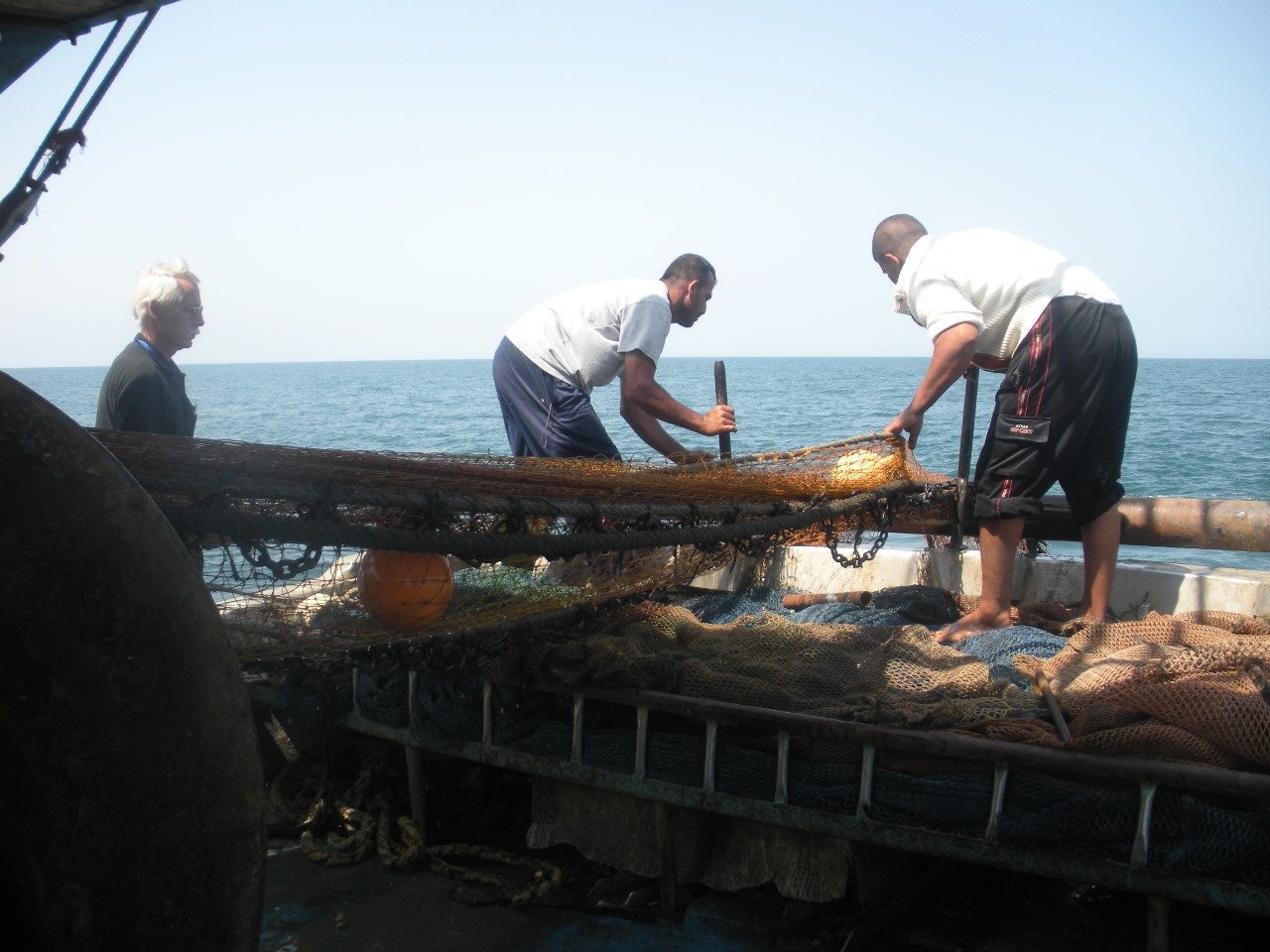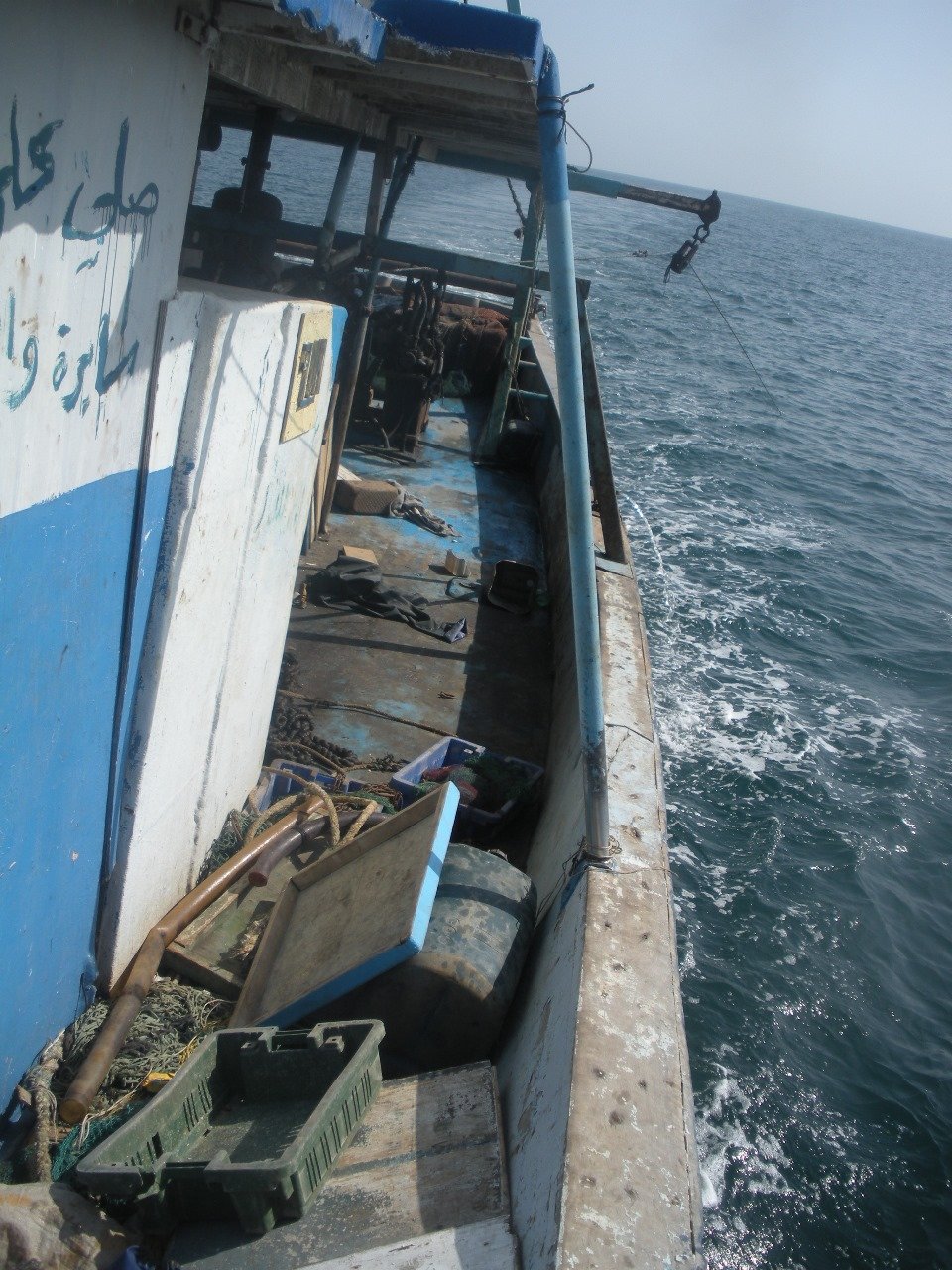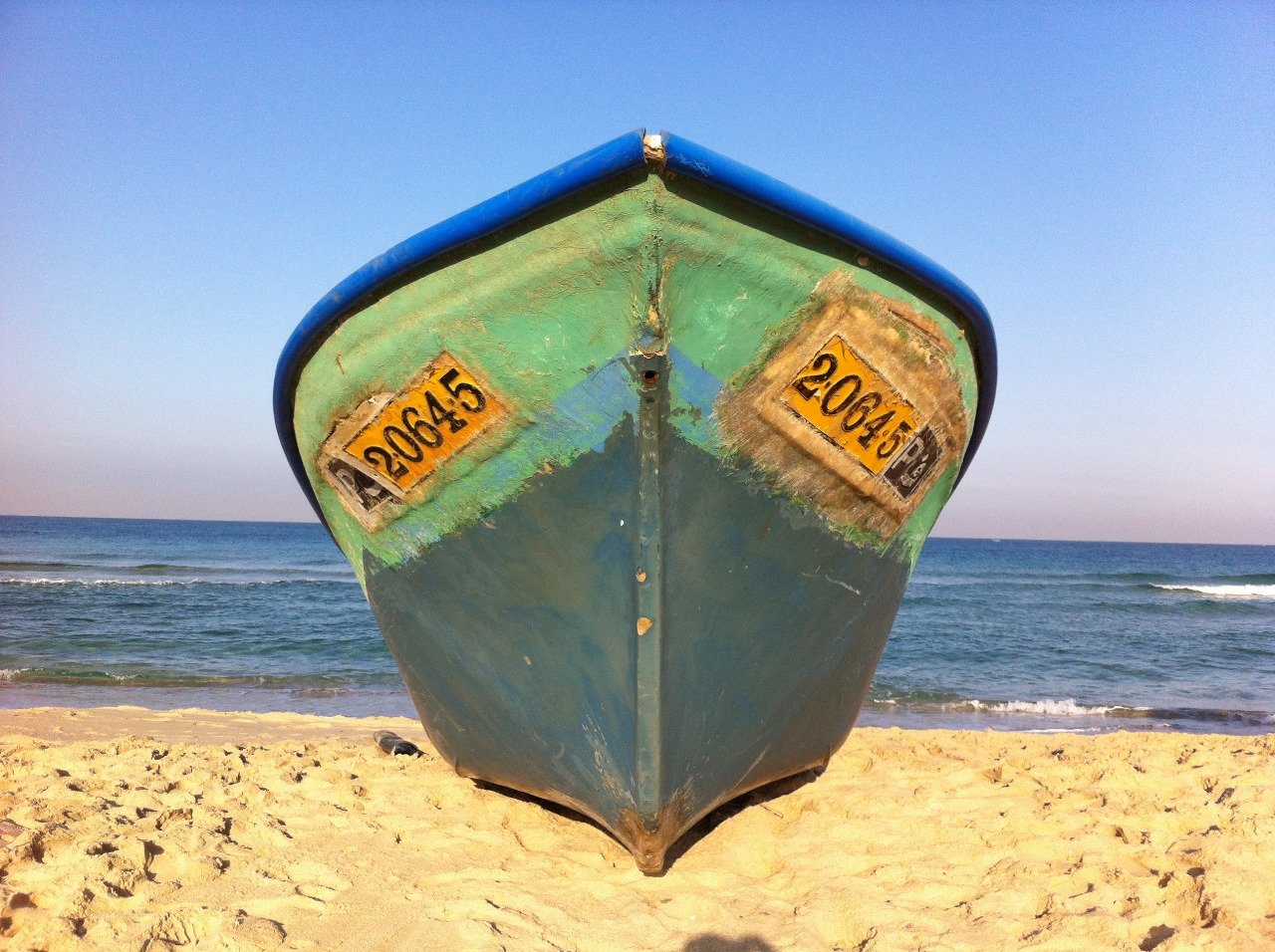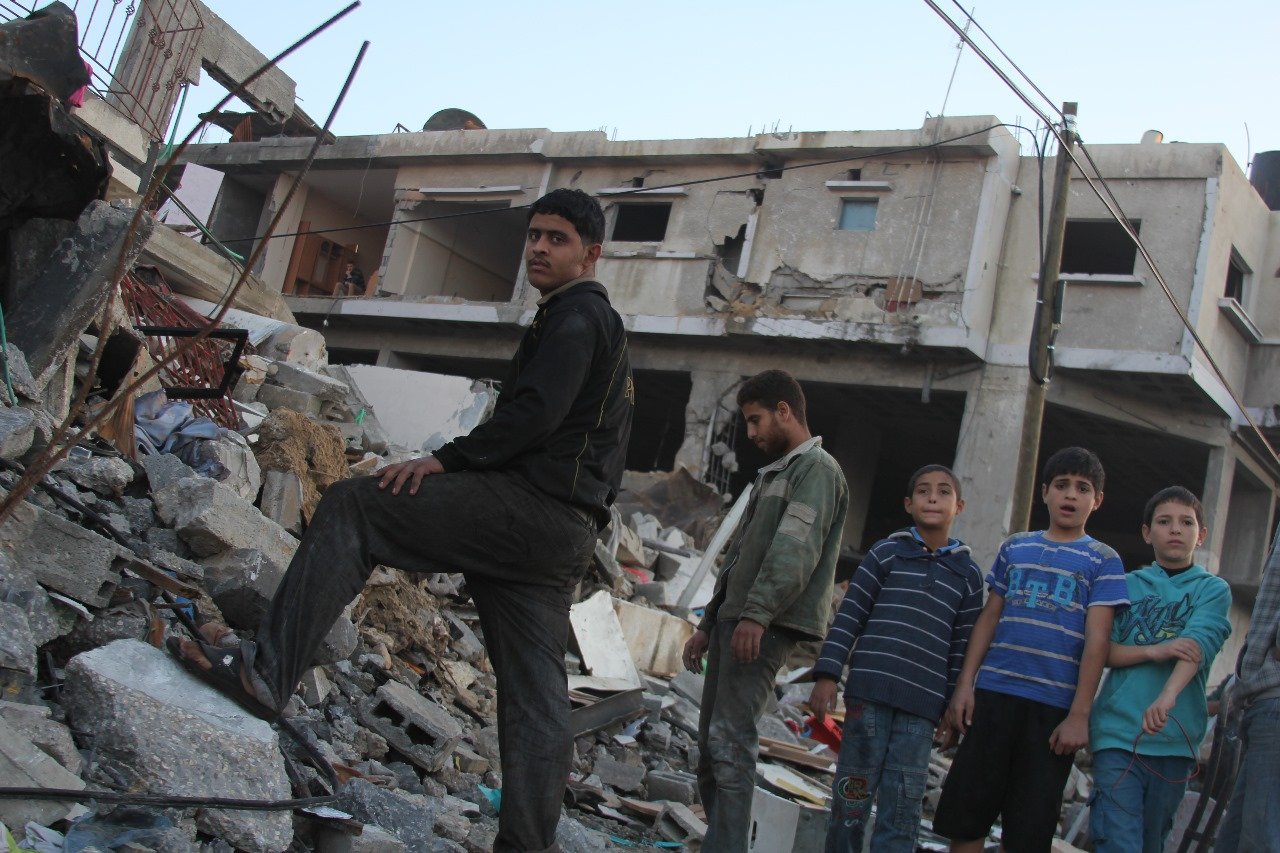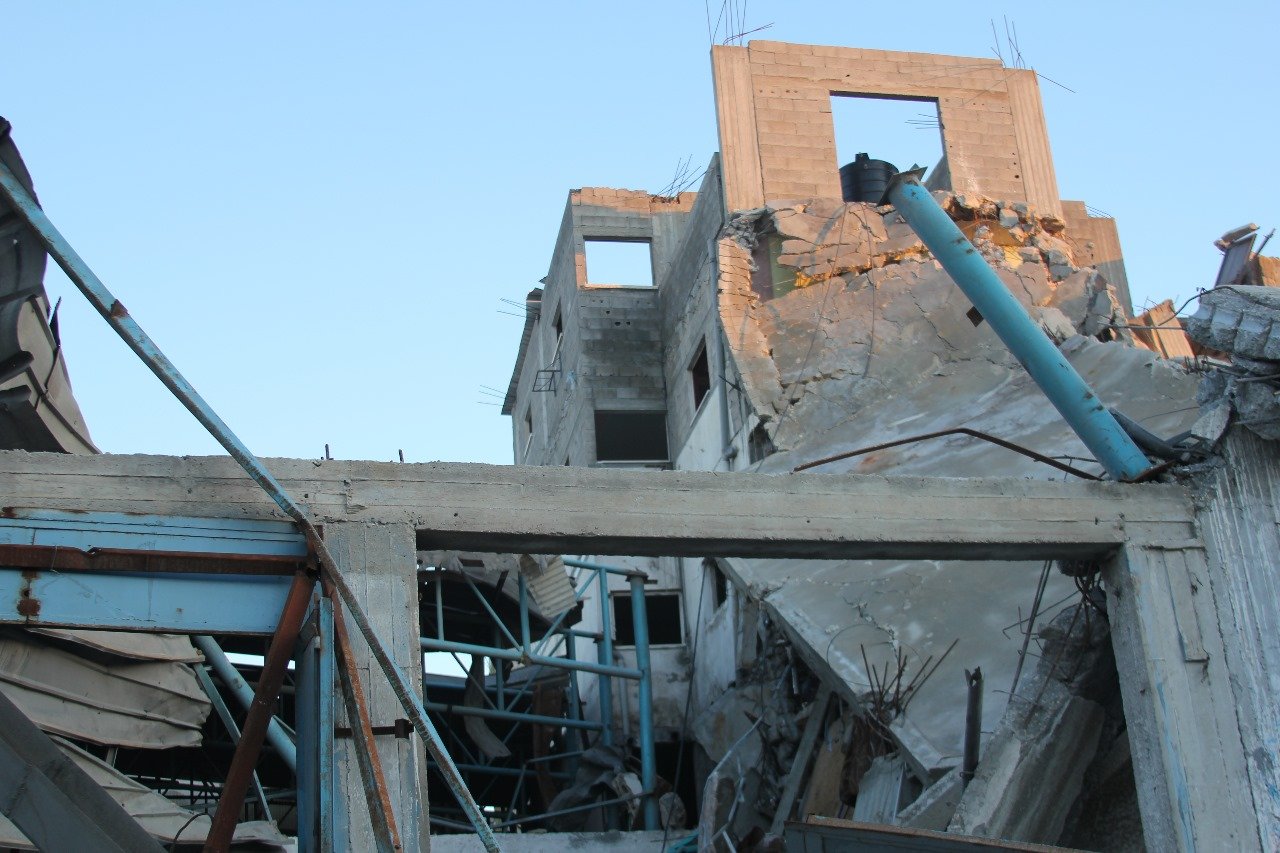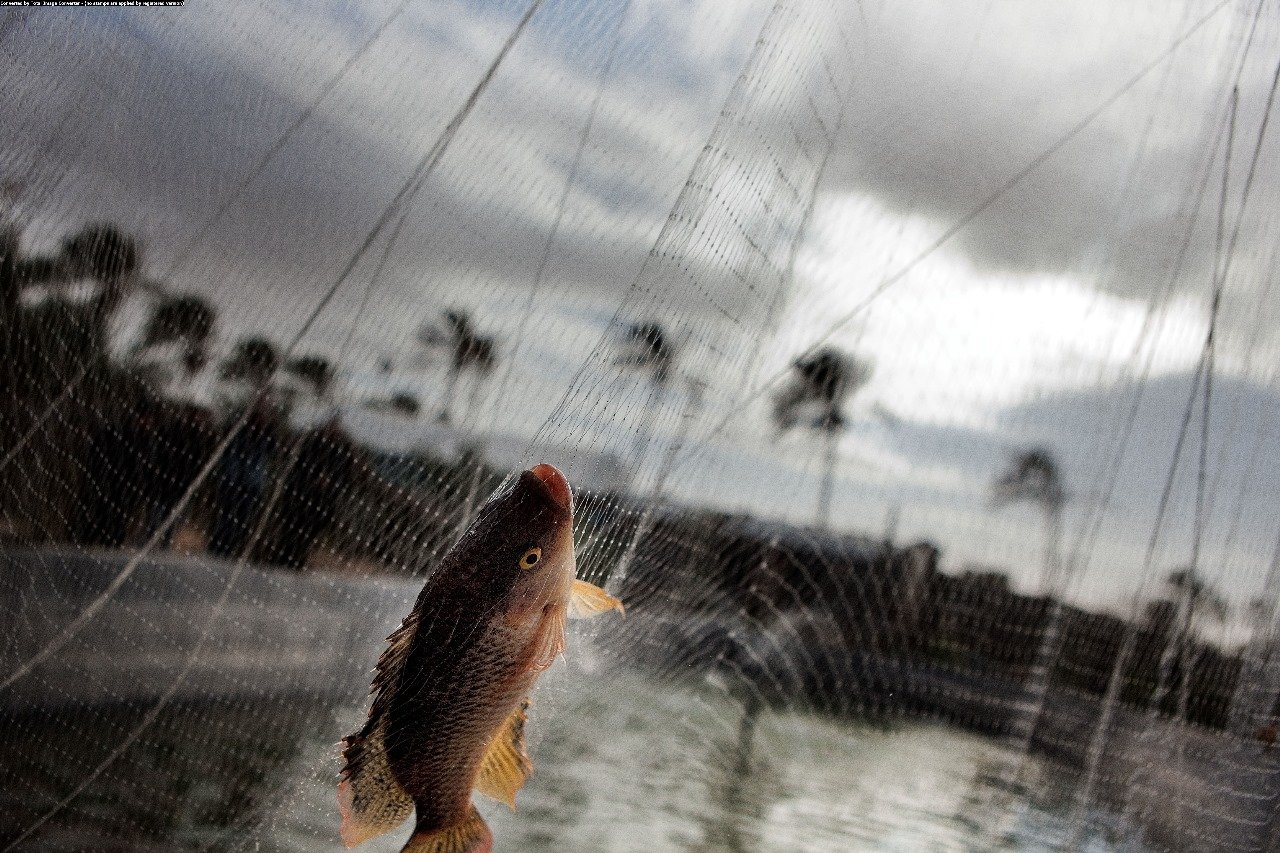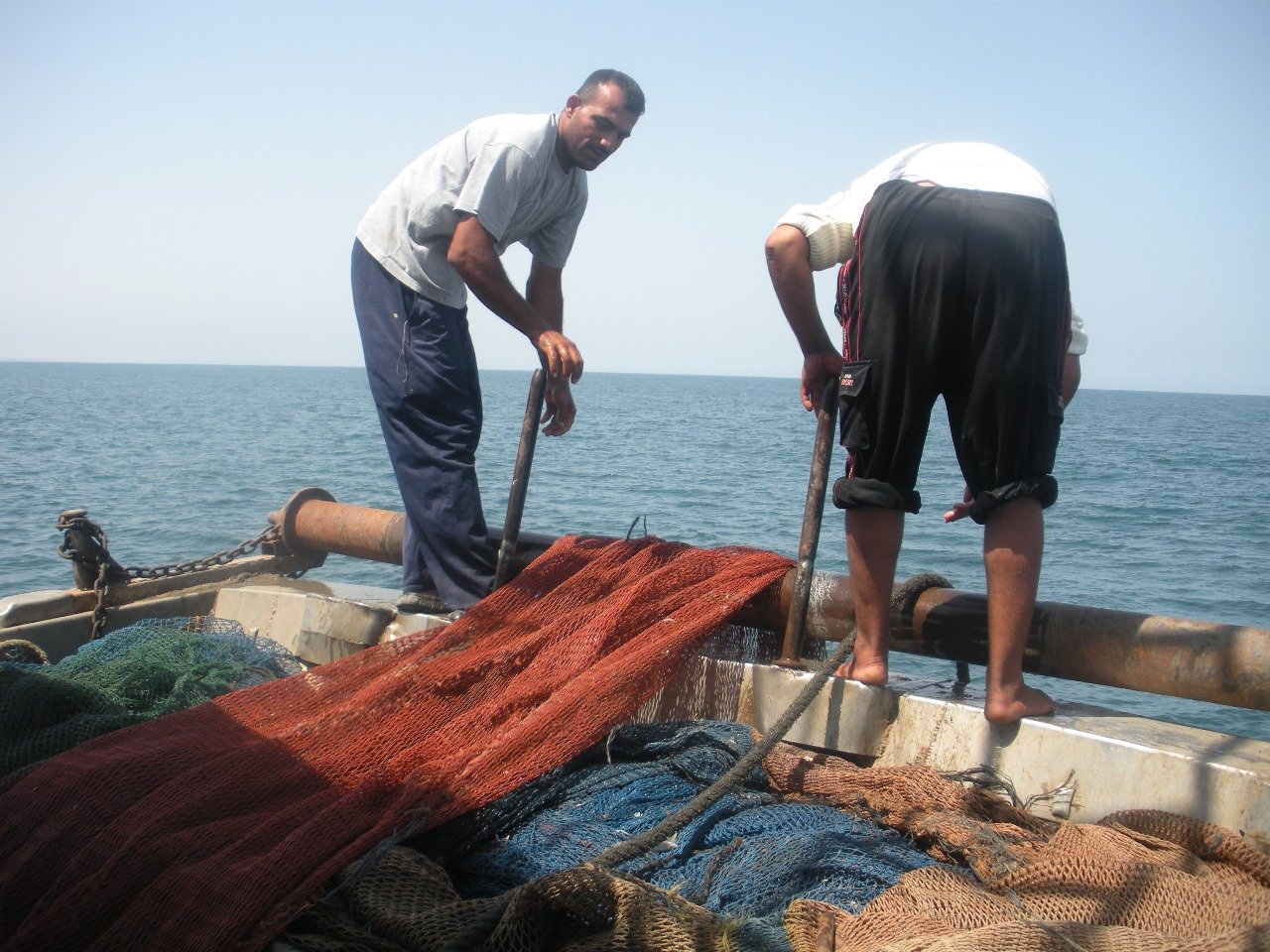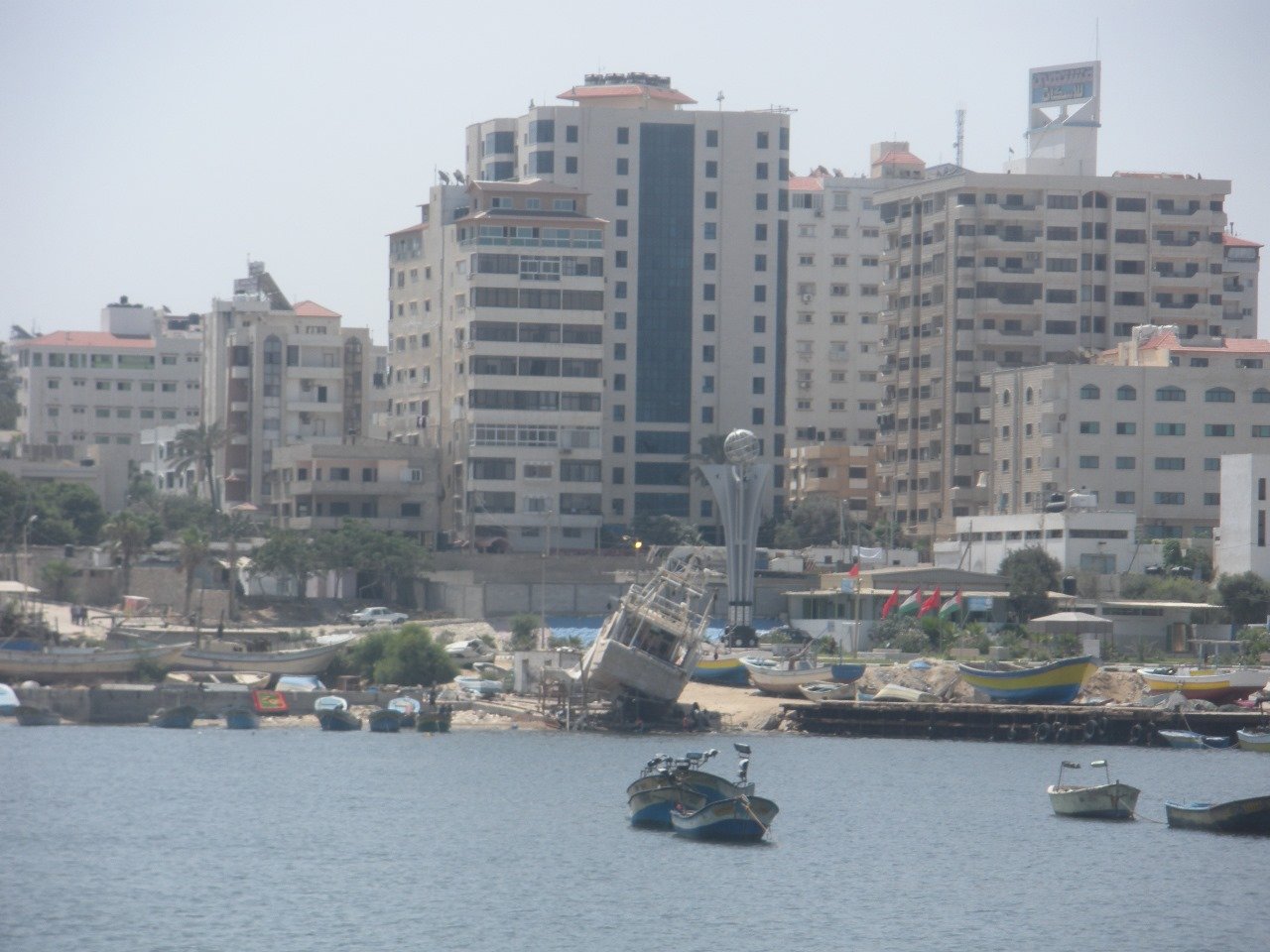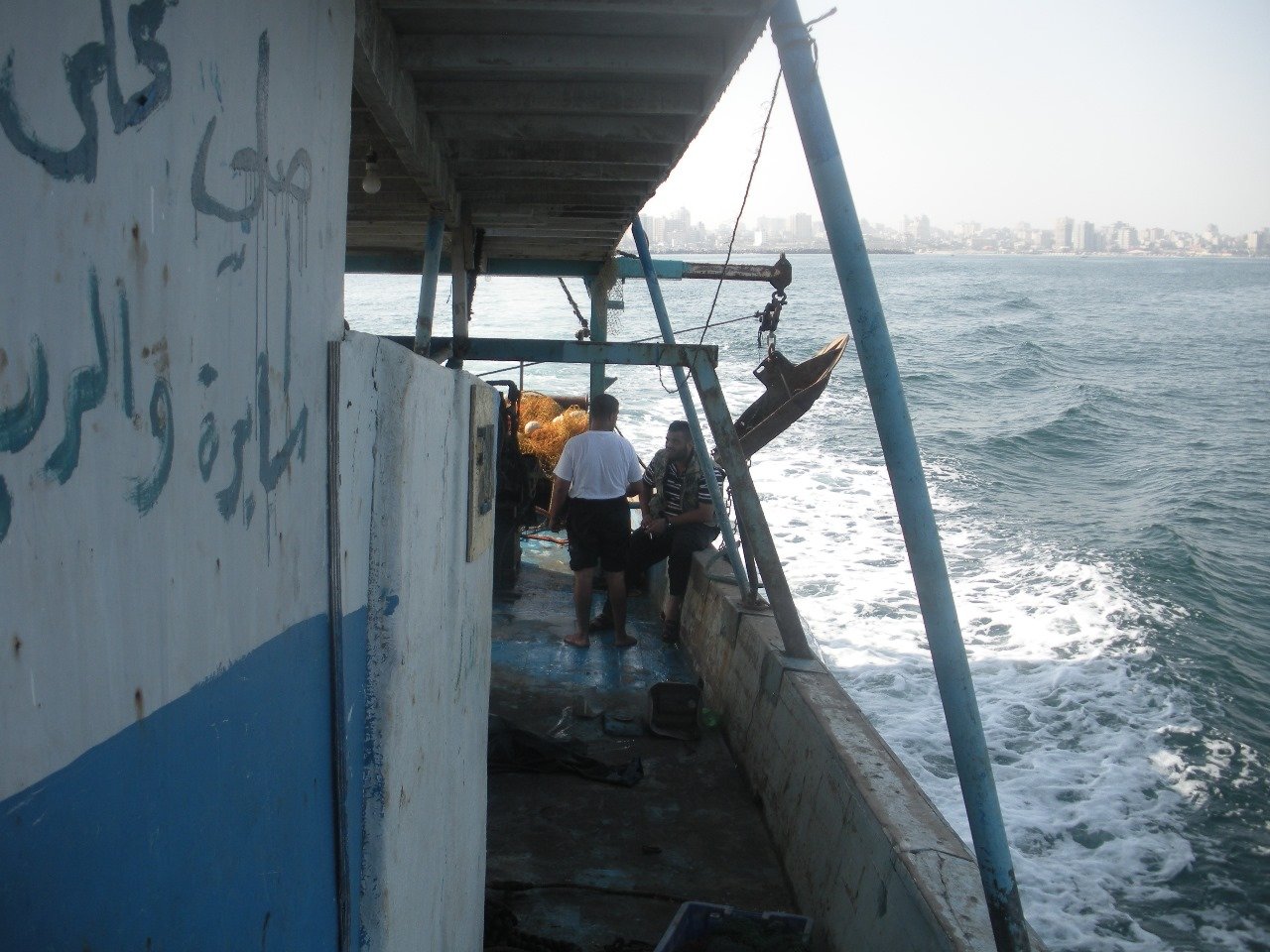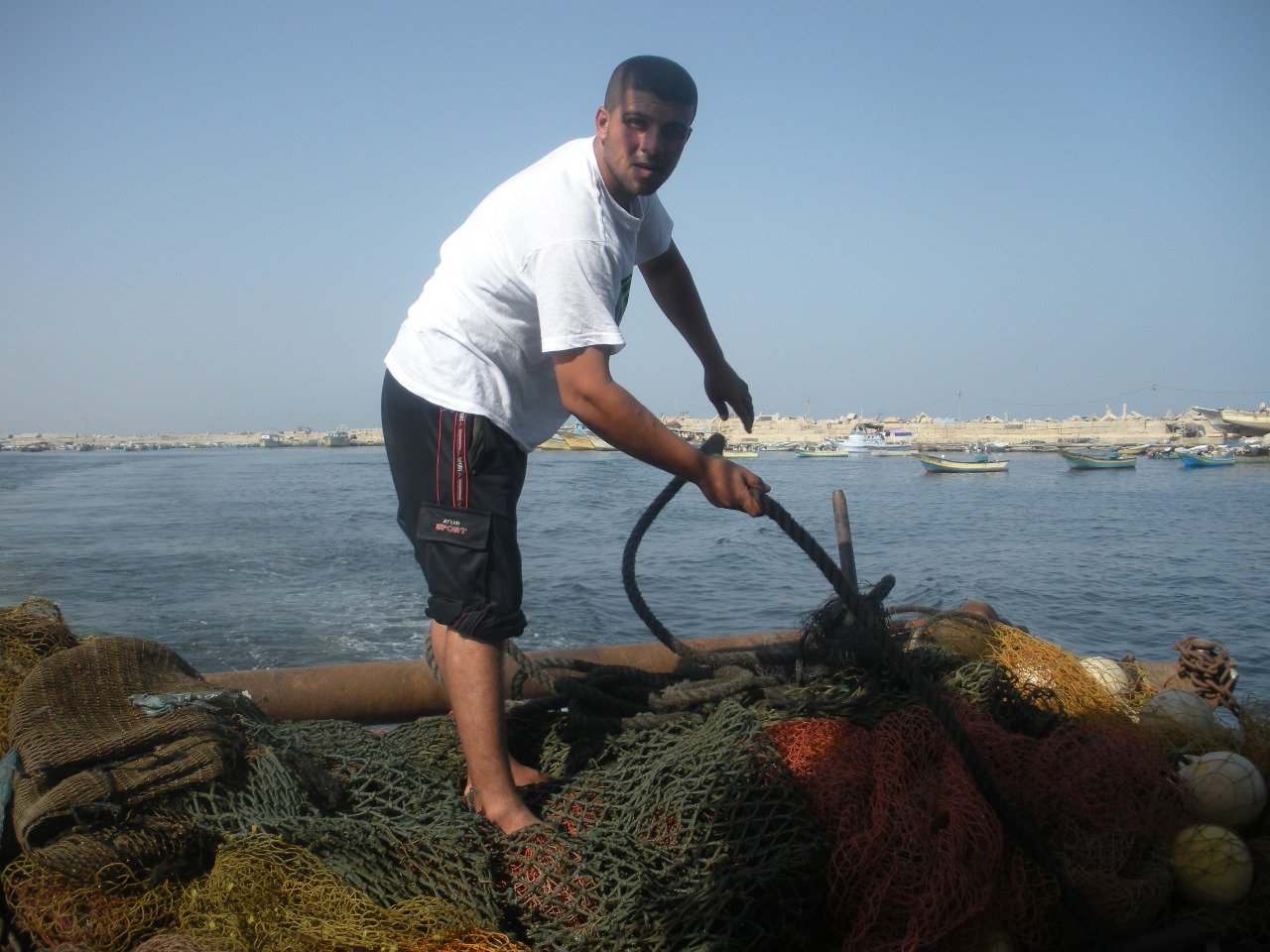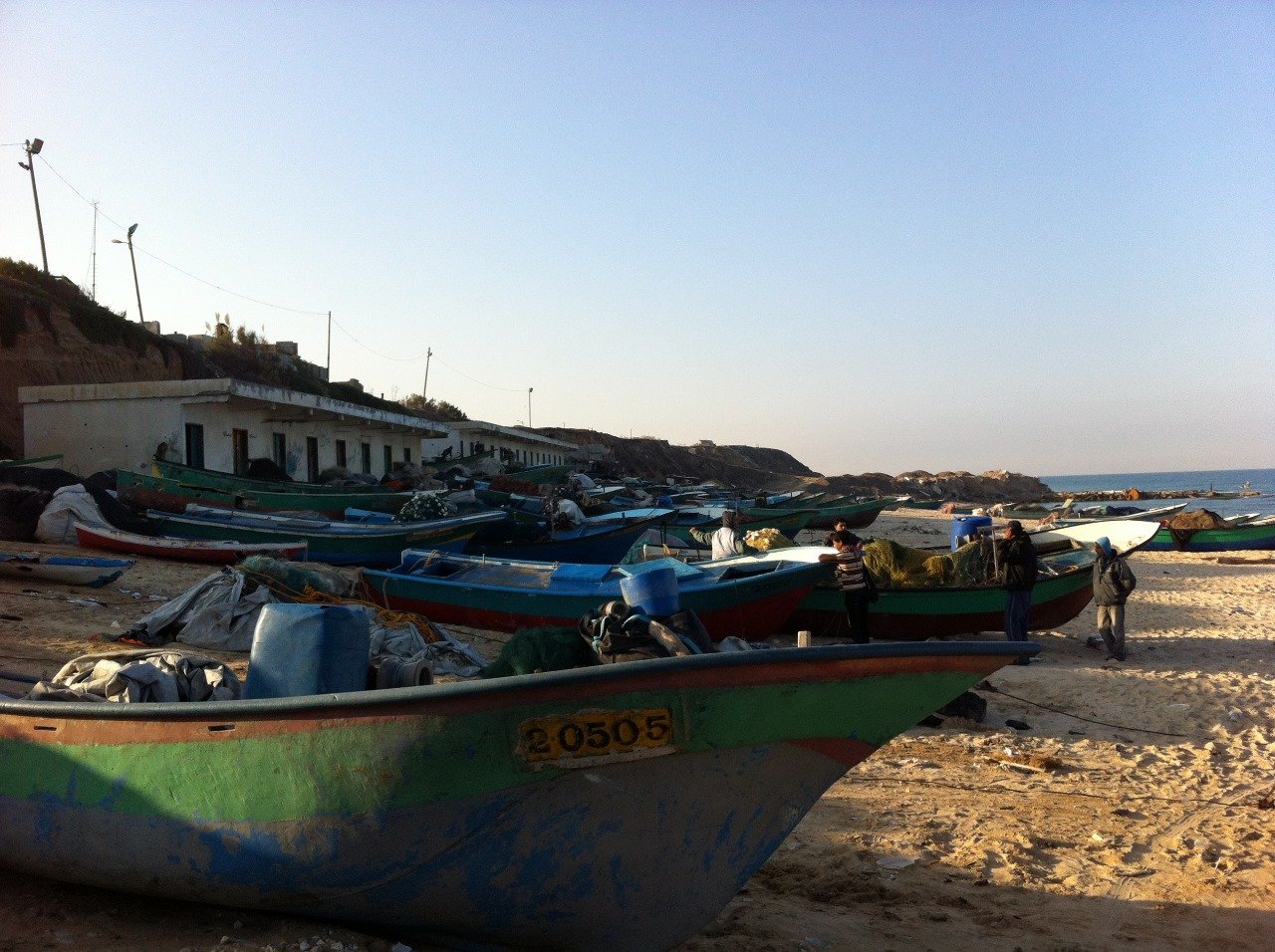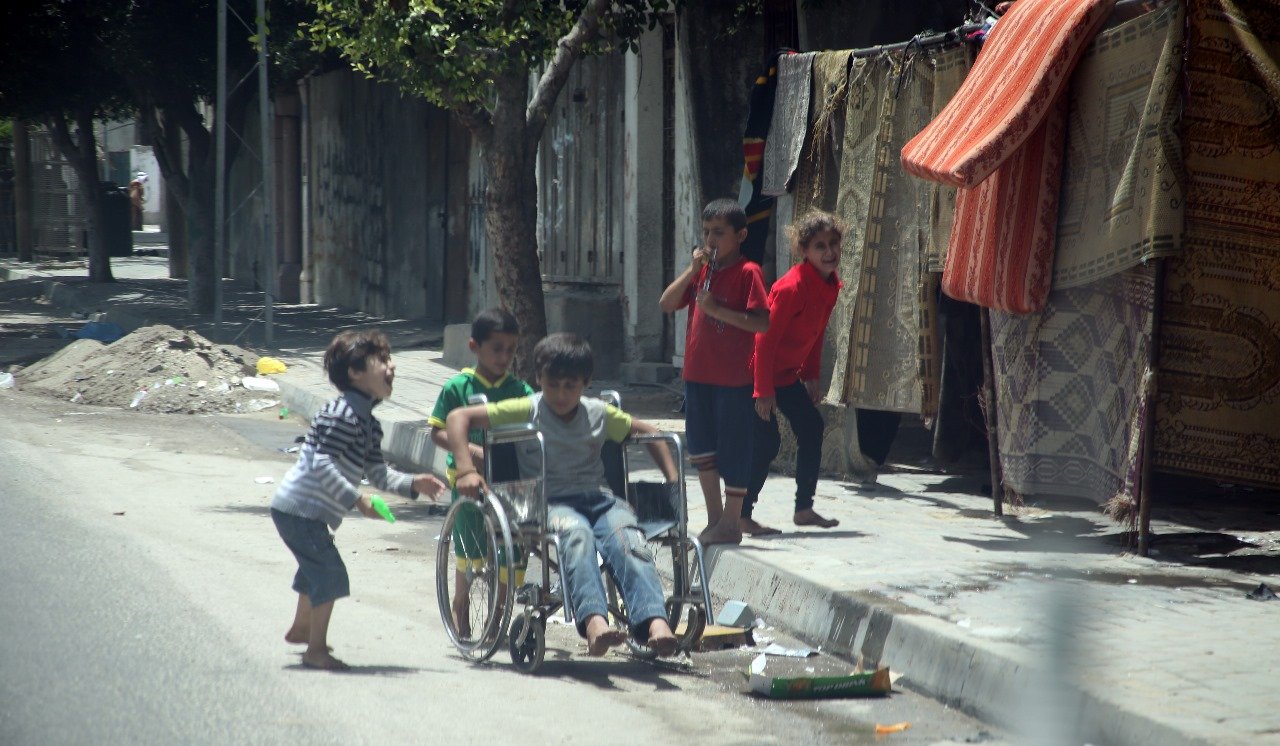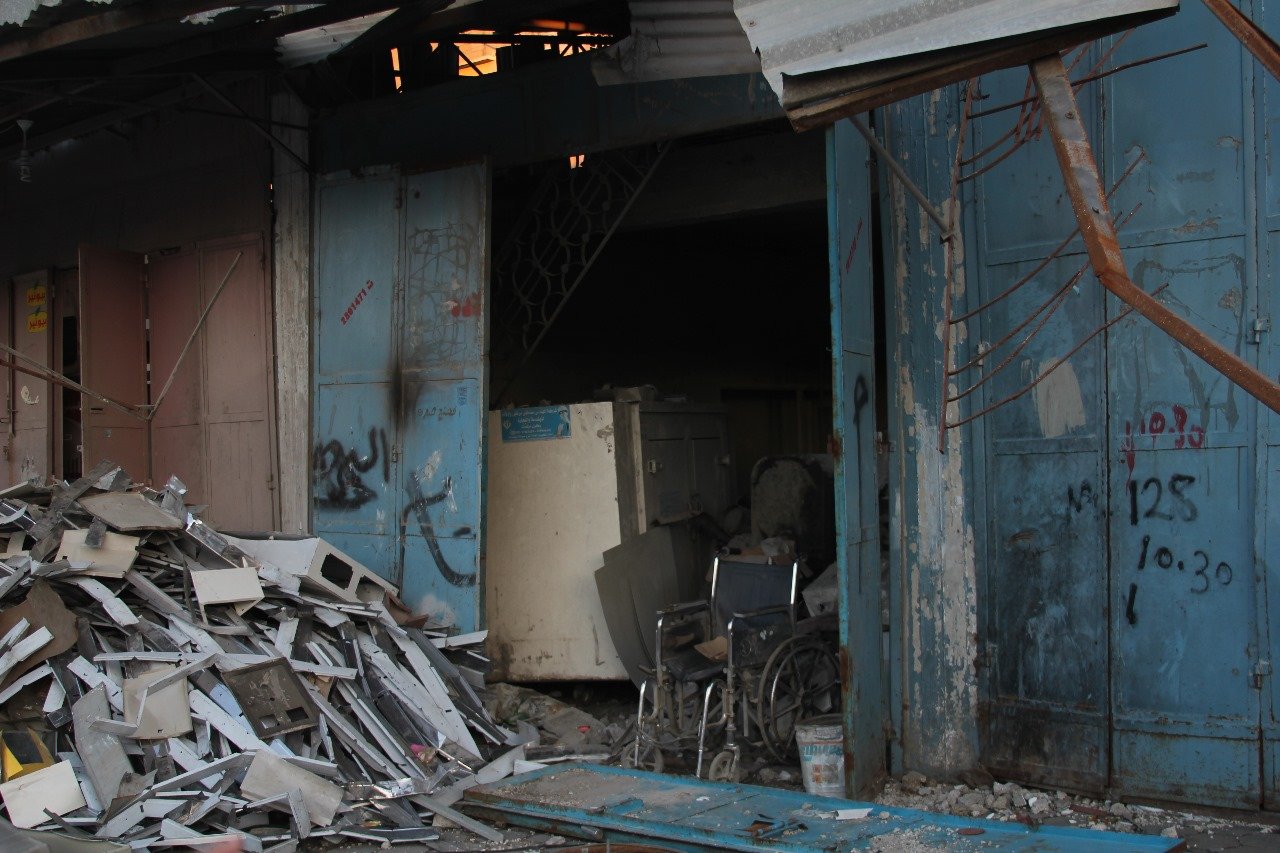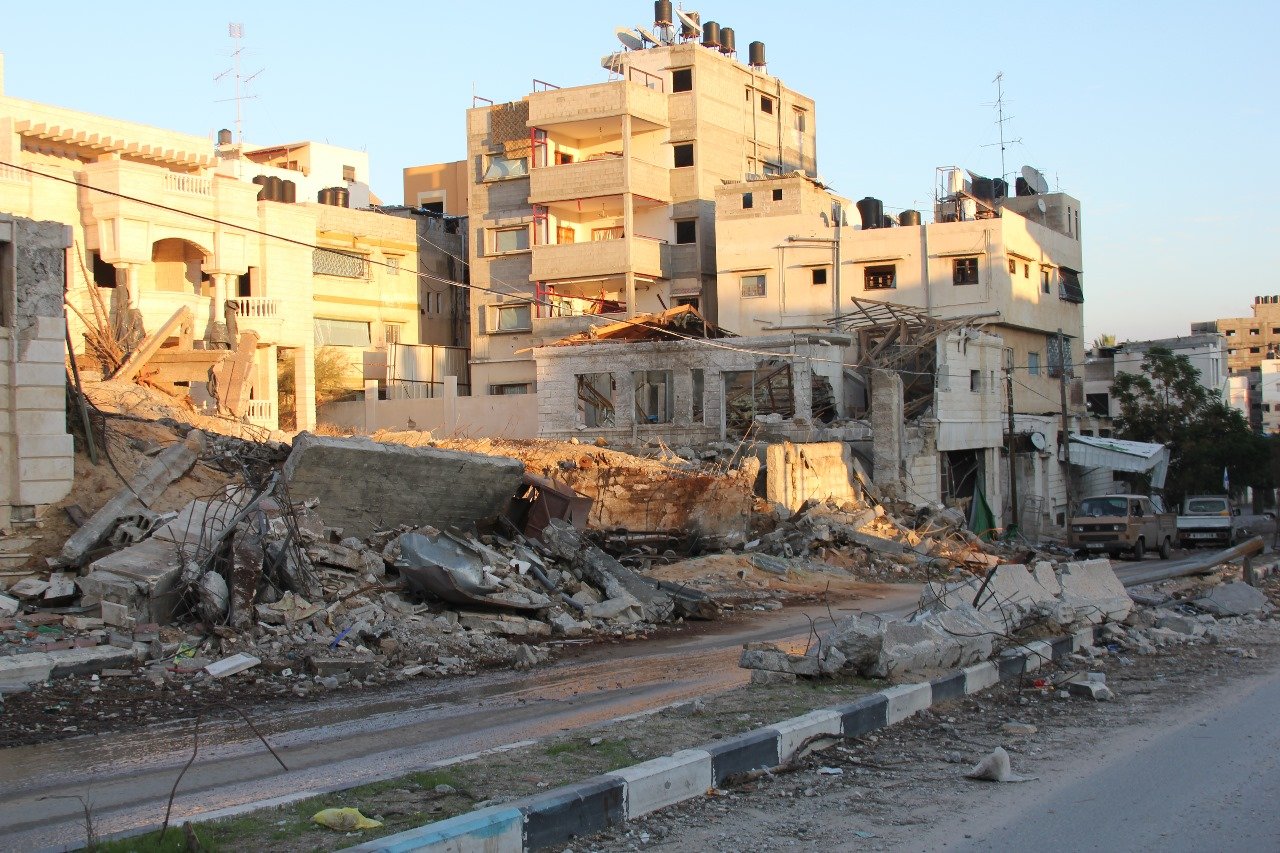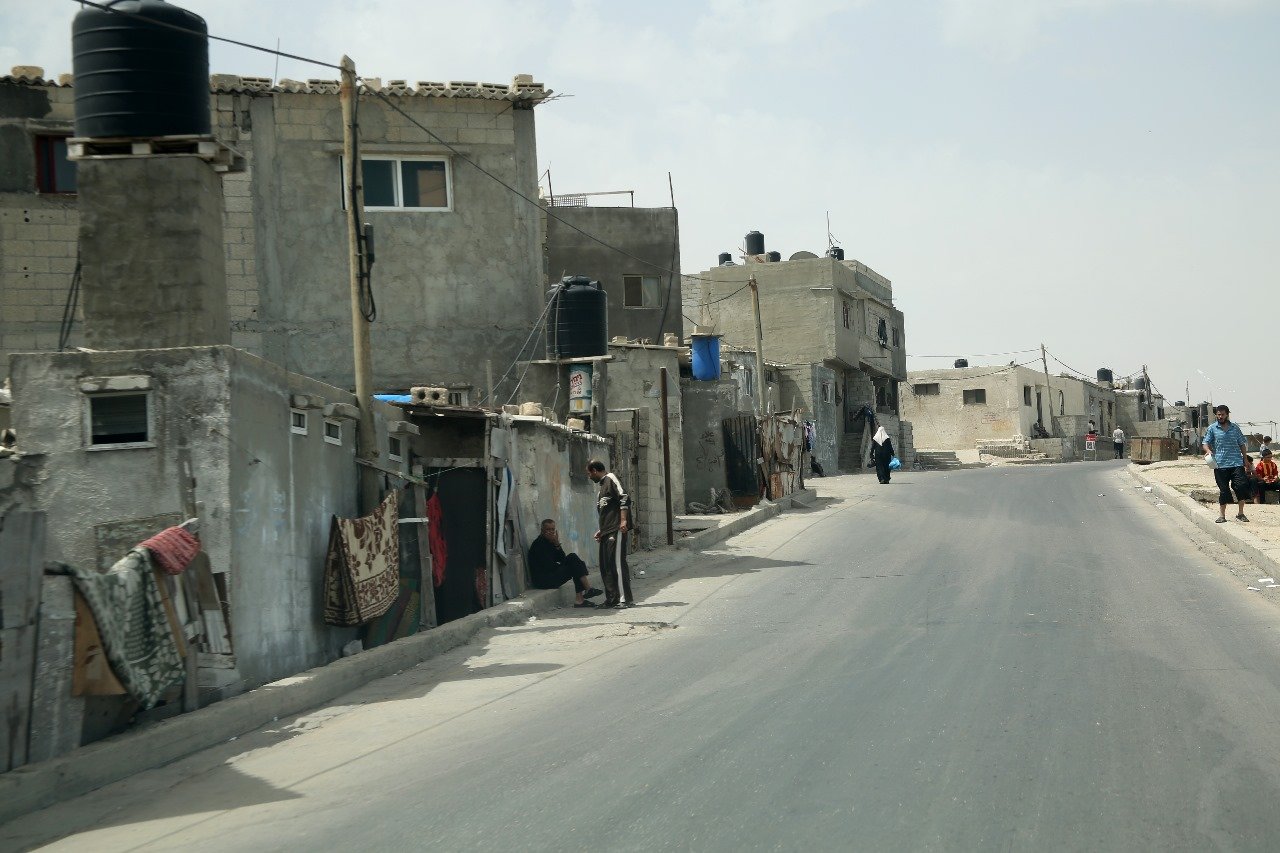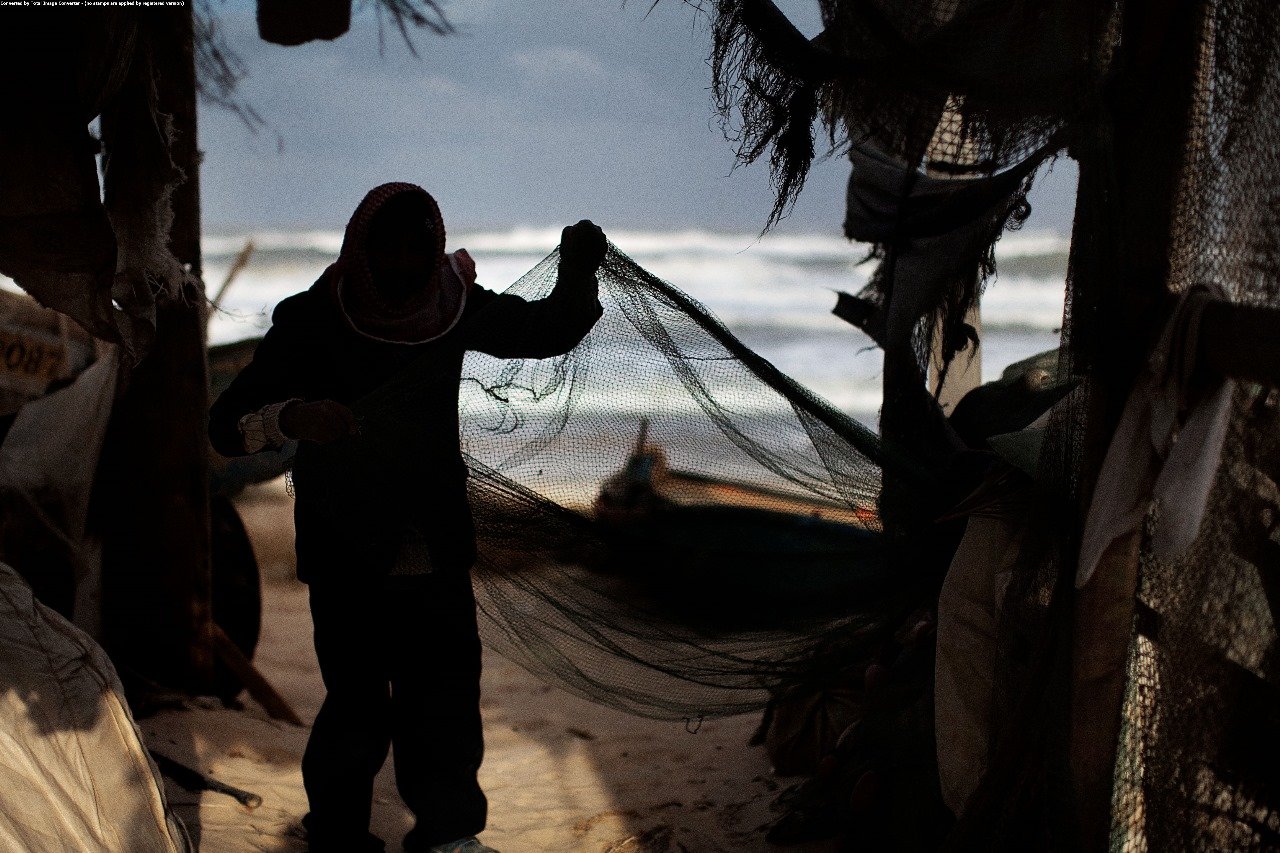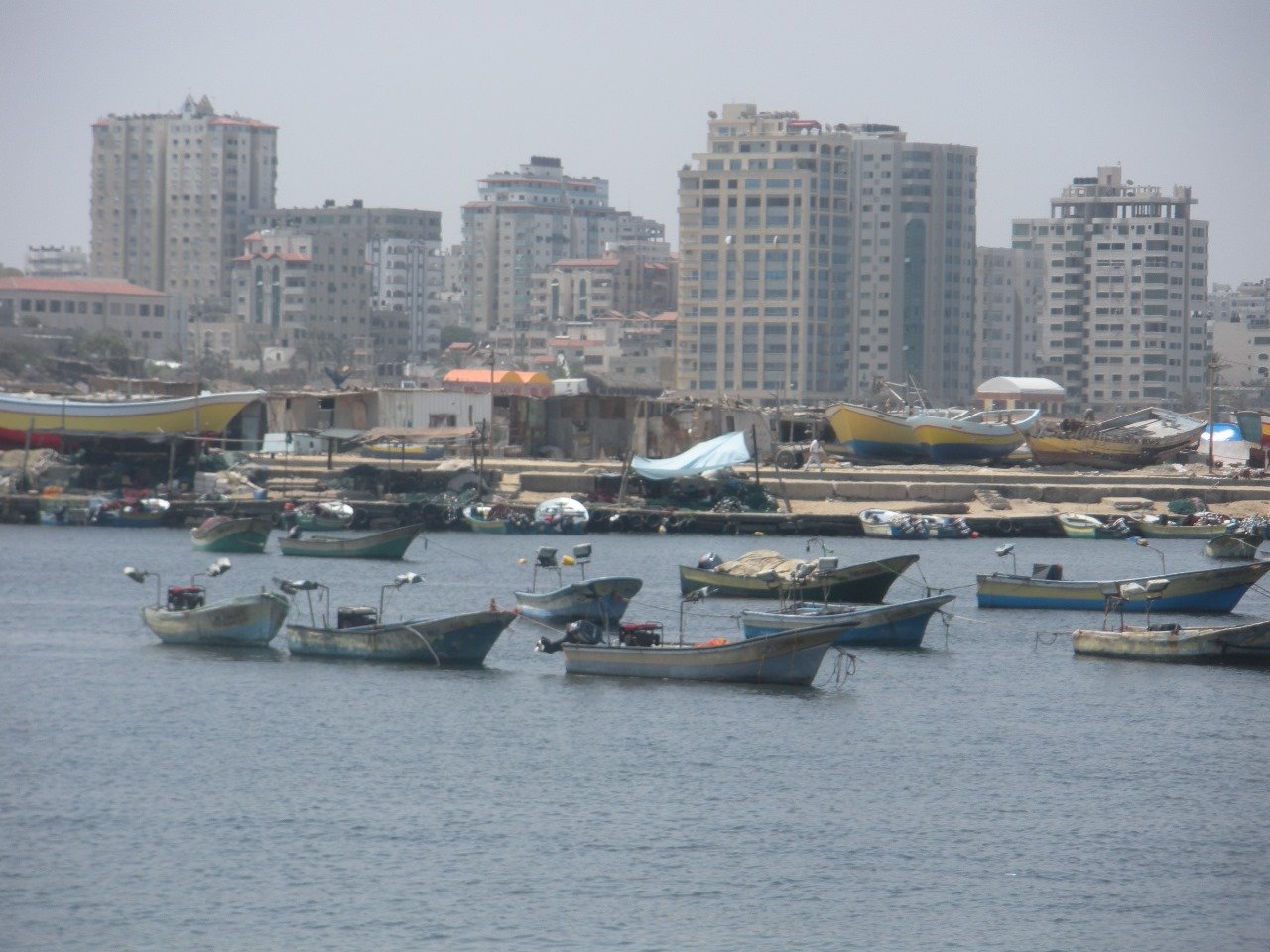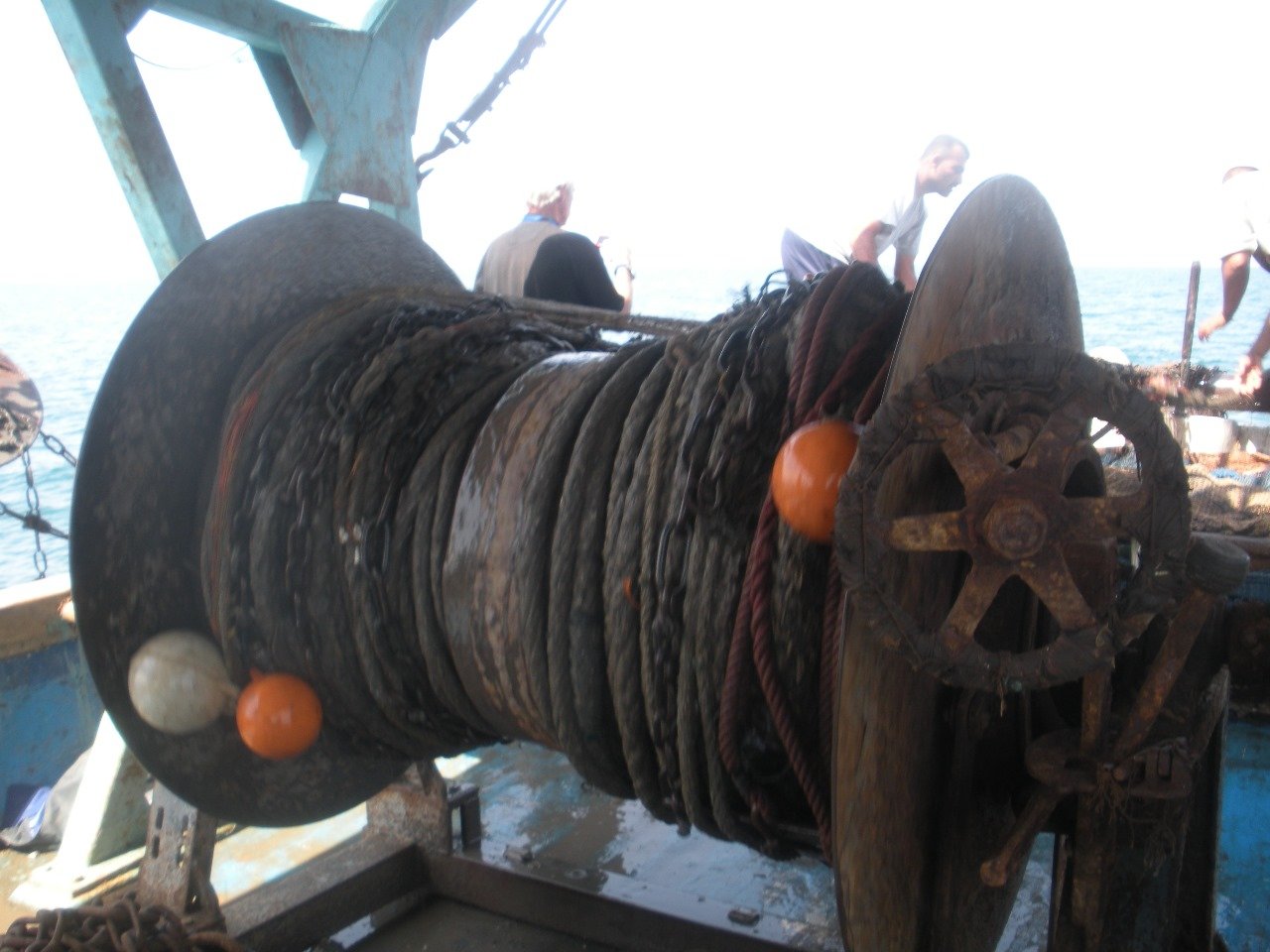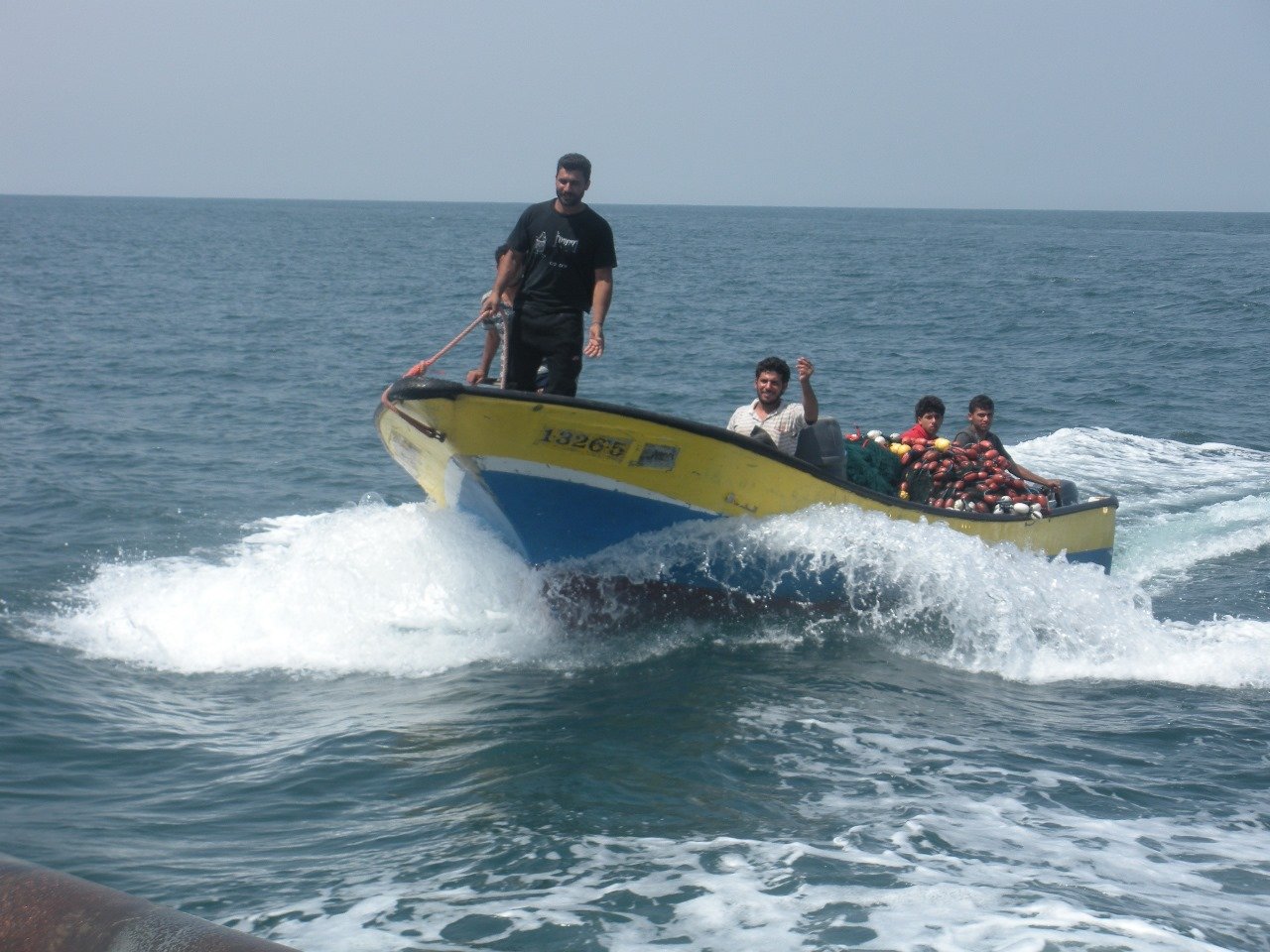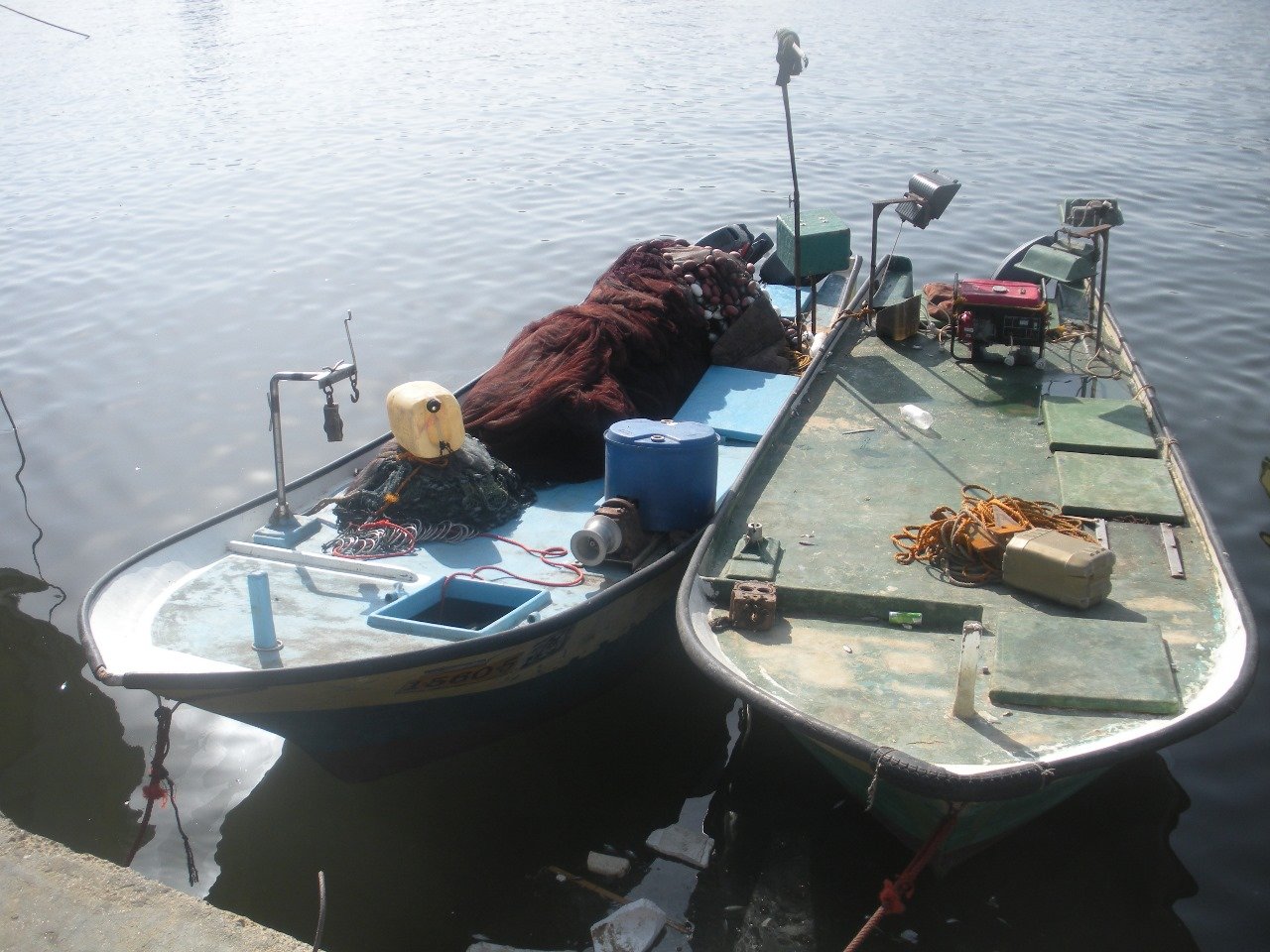Deir al-Balah, Nuseirat, Fishermen’s Village
Before October 7th, 2023
Deir el-Balah is a city located in the central Gaza Strip, renowned for its date palms and archaeological sites. Historically, it has been a significant hub due to its fertile lands and proximity to the Mediterranean Sea. The city's name translates to "Monastery of the Date Palm" due to its historical significance in date cultivation. Its central location in the Gaza Strip makes it strategically important. This centrality has influenced both the daily lives of residents and the impact of regional conflicts.
1 week before October 7th
The Fishermen
Deir el-Balah has a small fishing community that relies heavily on the Mediterranean for their livelihood. Fishing is not just an economic activity but a cultural one, deeply embedded in the local traditions and daily life.
https://mezan.org/uploads/files/14639075351374.pdf
Economic Conditions: Before the escalation on October 7, 2023, Deir el-Balah, like much of Gaza, was under significant economic strain. The blockade imposed by Israel and Egypt has severely restricted the movement of goods and people, impacting local industries, including fishing.
Fishing Industry: Fishing is one of the primary sources of income for many families in Deir el-Balah. The industry has faced numerous challenges:
Restricted Fishing Zones: Gazan fishermen are often restricted to a narrow strip of water, generally only a few nautical miles from the coast, severely limiting their catch potential.
Resource Scarcity: Overfishing and pollution have reduced fish populations, making it harder for fishermen to secure adequate catches.
Economic Hardship: The blockade and limited access to international markets have led to decreased profitability, making it hard for fishermen to sustain their livelihoods.
Social Impact: The fishing industry is integral to the community's social fabric. It supports numerous ancillary businesses, such as boat repair shops, fish markets, and restaurants. The restriction on fishing zones not only affects fishermen but also the broader community.
https://www.btselem.org/gaza_strip/20200909_fishrmen_families_gaza_strip
Fishing along the blockaded coastal enclaves is one of the most dangerous occupations, as fishermen can be fired upon by Israeli gunboats at any time. Fishermen are not allowed to travel beyond three nautical miles from the coastline, even to feed their families. The Israeli occupation navy actively patrols the fishing zones in the sea lanes bordering Palestine and maintains a sea and land blockade.
One of the most common tactics employed by the Israeli regime against fishermen is the constant manipulation of permissible fishing distances, which has a dramatic impact on the fishing industry and undermines their ability to provide even subsistence quantities. Fishermen are regularly harassed and deliberately murdered by the Israeli occupation navy for violating arbitrary and ever-changing naval boundaries.
After October 7th , 2023
Airstrikes and shelling damaged agricultural infrastructure, including irrigation systems, storage facilities, and the date palm groves themselves. Farmers faced the immediate challenge of repairing or replacing damaged equipment and facilities.
The blockade on Gaza, combined with the recent escalation, restricted the movement of goods and people. This made it difficult for farmers to obtain necessary supplies such as fertilizers, pesticides, and tools. Additionally, the blockade impeded the export of dates, a significant source of income for many farmers, further straining the local economy.
Rebuilding the date farming industry will require substantial investment in infrastructure repair and support for farmers. International aid and long-term development programs will be crucial in providing the necessary resources and training to help farmers recover and rebuild their livelihoods.
The escalation in conflict that began on October 7th, 2023, had severe repercussions for Deir el-Balah, especially its port and fishing community. The port facilities, crucial for the local economy, suffered extensive damage due to airstrikes and shelling. Boats and fishing equipment, already in short supply due to the blockade, were further destroyed, making it difficult for fishermen to continue their work.
The humanitarian crisis deepened as many families, including those of fishermen, faced displacement and loss of their homes. Access to basic necessities such as food, water, and medical supplies became even more restricted. Fishermen, like the rest of the population, struggled with increased scarcity and economic hardship.
Testimony Interview
https://english.news.cn/20241025/90f19cbb23cf491fba223b0b6c189ad9/c.html
https://www.africanews.com/2024/08/24/fishermen-in-gaza-decry-tougher-israeli-policies-blocking-their-activities//
Shuhada Al-Aqsa Hospital
Shuhada Al-Aqsa Hospital, located in the Deir al-Balah area of central Gaza, played a crucial role in providing healthcare services to the residents of the Gaza Strip before the escalation of conflict on October 7th, 2023. This hospital was one of several key medical facilities in Gaza, operating under significant constraints due to the ongoing blockade and intermittent conflicts that have affected the region for years.
Overcrowding and lack of living space characterise Nuseirat camp. Shelters were built in close proximity to each other and there was a general lack of recreational and social space. In many cases, residents had to add extra floors to their shelters to accommodate their families. Often, these lacked proper design. Many live in substandard conditions.
The hospital’s emergency department door is a famous and reptitievly seen one in a lot of news platforms and videos. It has been central in social media clips and is in its own way emblematic and crucial, this shows how much of a central and important infrstructure it is.
Nuseirat and Deiral-Balah Refugee Camps
The camp is one of the most densely populated areas in Gaza. As of 2021, it housed approximately 66,000 registered refugees in an area of just 1.4 square kilometers (0.54 square miles). Many of the camp's residents are second or third-generation refugees, born in the camp and having never seen their ancestral homes.
Salah Al-Din Road - A street to connect it all
Salah al-Din Road, the main north-south highway in the Gaza Strip, is crucial for the movement of refugees. Serving as the primary evacuation route, it facilitates the mass displacement of residents from heavily bombarded areas to safer zones. Despite frequent damage from military operations and the presence of numerous checkpoints, it remains a vital corridor for humanitarian aid and refugee movement. Organizations rely on this road to deliver essential services and support to displaced populations, underscoring its strategic and humanitarian importance in Gaza.
Named after the famed Muslim leader Salah ad-Din (Saladin), who was renowned for his role in the Crusades, this road holds historical significance for its namesake's legacy of leadership and resilience.
Salah al-Din Road stretches approximately 45 kilometers, connecting the Rafah border crossing in the south with Beit Hanoun in the north. It passes through major cities and towns in Gaza, including Khan Younis, Deir al-Balah, Gaza City, and Jabalia.
This road is a critical artery for the movement of people and goods within the Gaza Strip. It supports the local economy by facilitating trade and transportation, especially vital in a region with restricted border access.
Salah al-Din Road provides access to essential services such as schools, hospitals, and markets. Major institutions and facilities, including Shuhada Al-Aqsa Hospital in Deir al-Balah, are located along or near this road.
Behind the lens
Photography by Cyril Ferrand































